Oklahoma City is the capital and largest city of Oklahoma state, first settled on April 22, 1889. After the Settlement, the population of the town doubled between 1890 and 1900. The city was initially developed as a distribution point for crops and cattle; large stockyards were built, which attracted people and jobs from other states. Meatpacking plants were established, and when the railroads arrived in the city, it doubled the trade. The first oil well in Oklahoma City was discovered in 1928, which significantly accelerated and expanded the economy, and at one time, about 1,400 wells were producing oil within the city limits. World War II brought several industries, Air Force base and the city became a significant hub in the national Interstate Highway System. In the 1970s, Patience Latting was elected as the first female mayor of Oklahoma City.
Here below are some interesting historical photos of old Oklahoma City form the early 20th century that shows street scenes, architecture, cityscapes, streetcars, and everyday life of people.


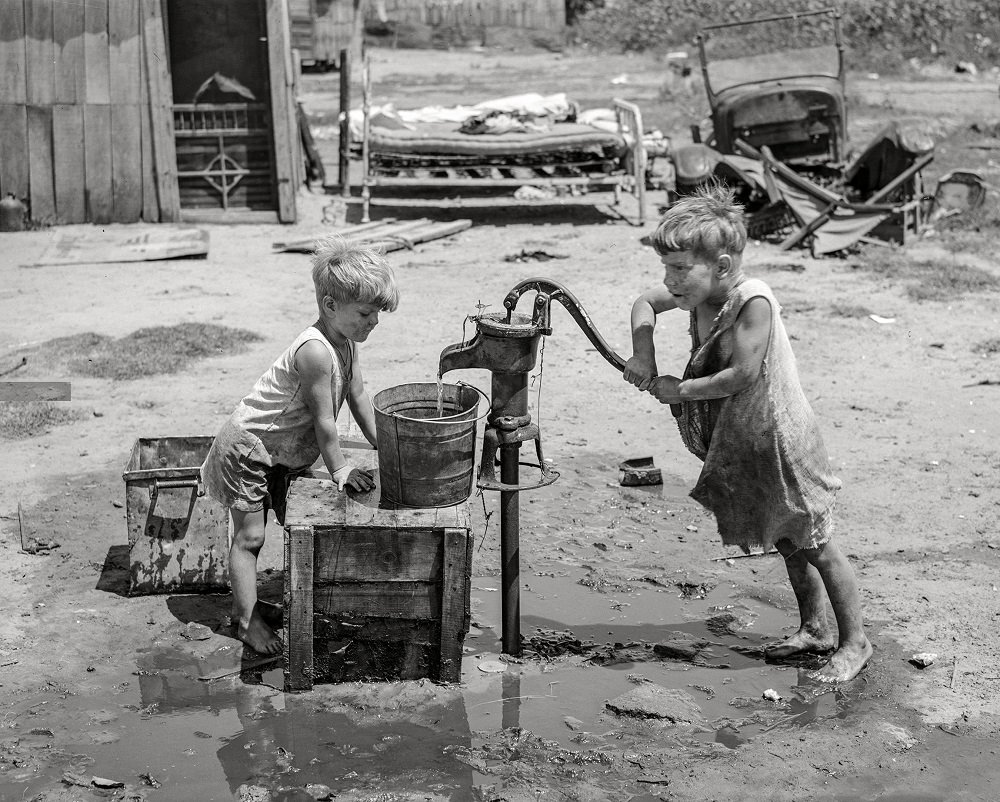
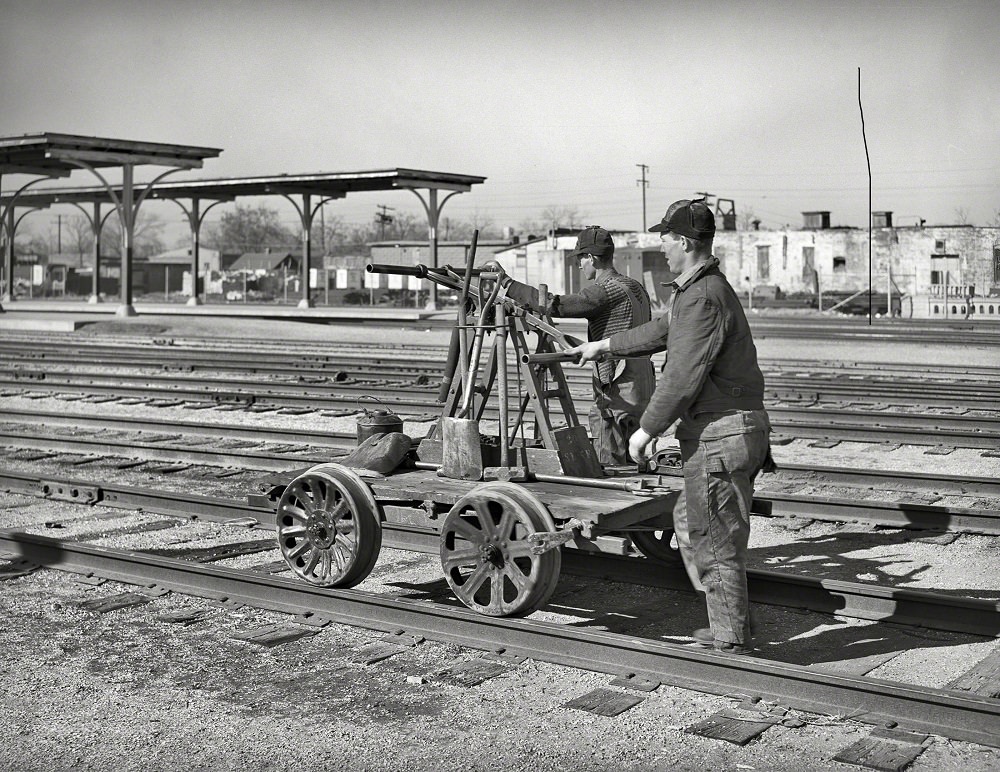
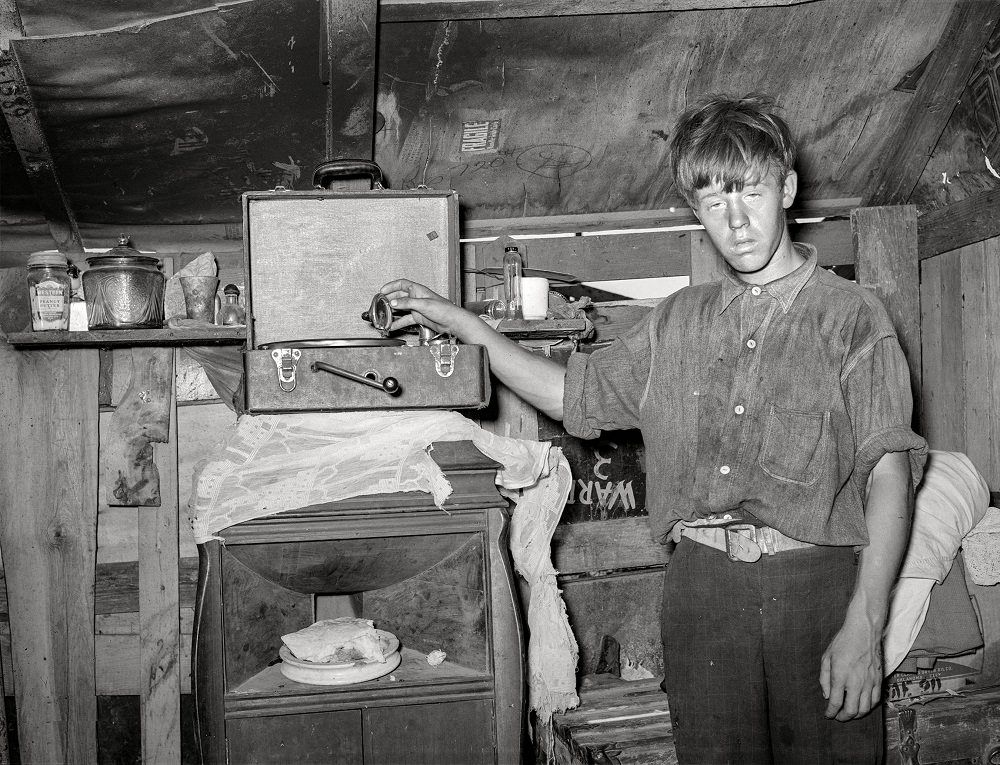
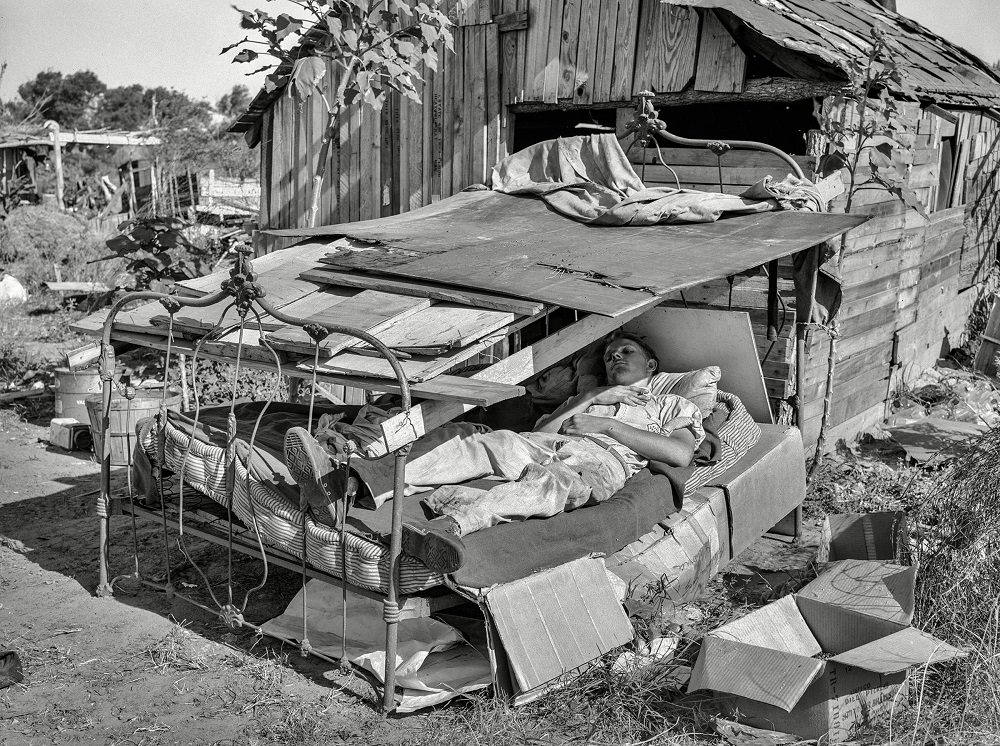
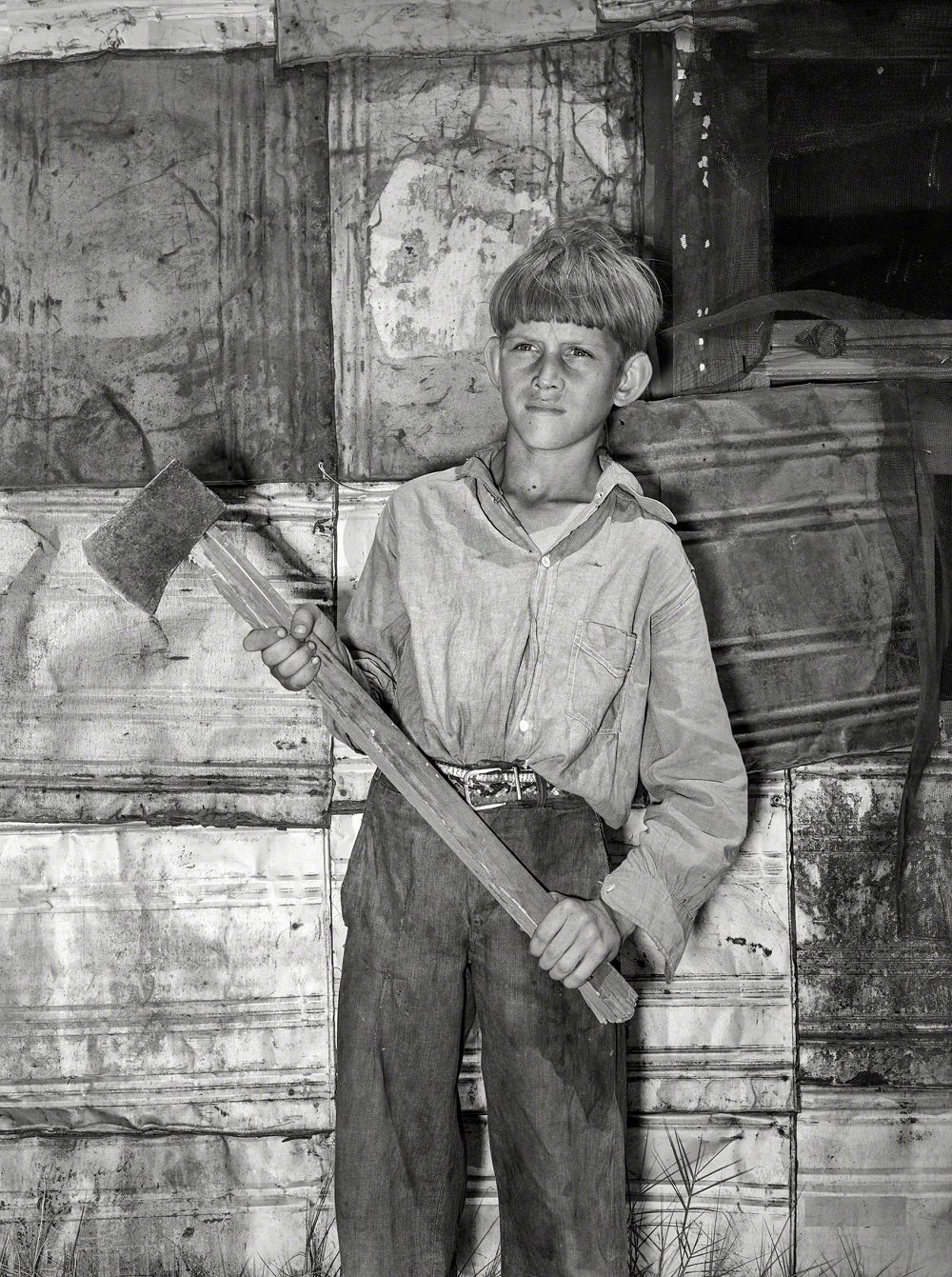
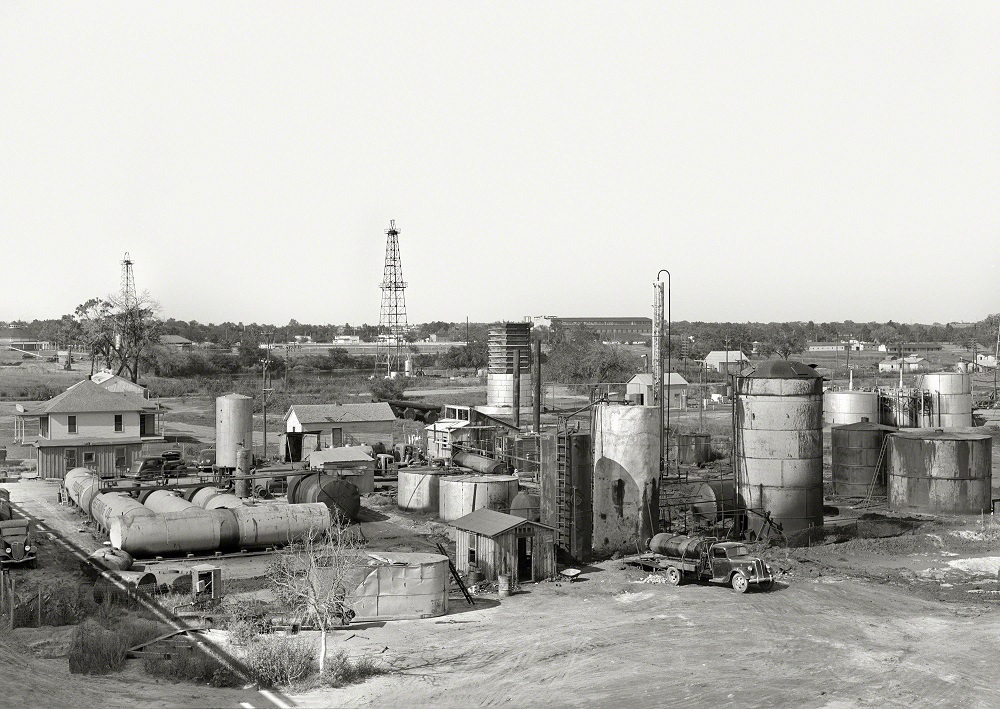
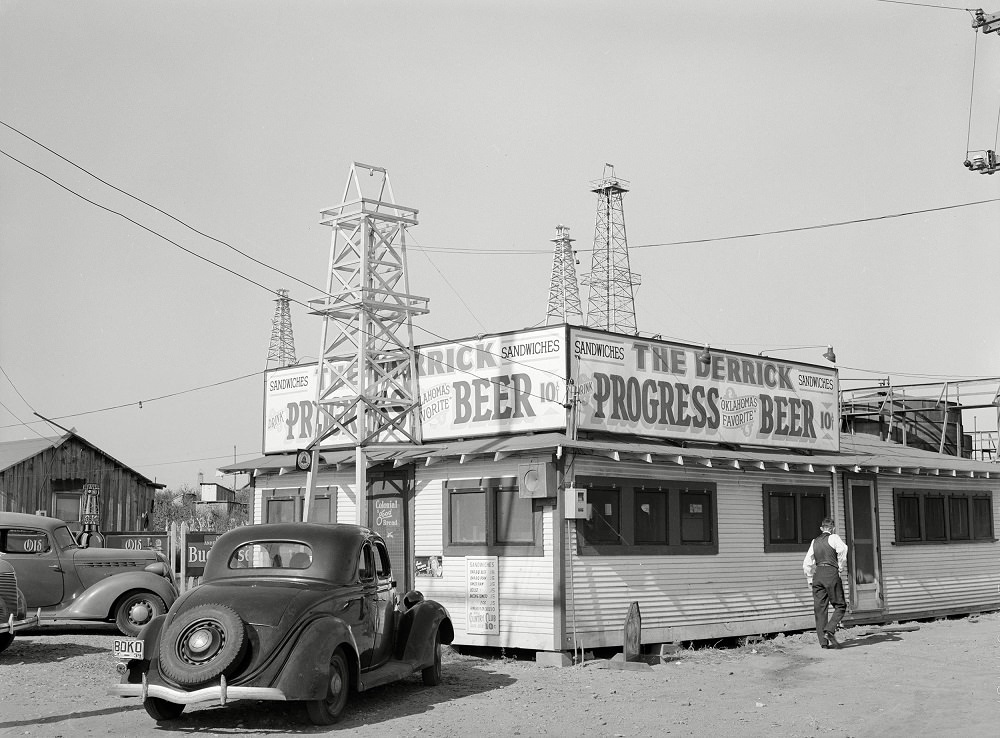
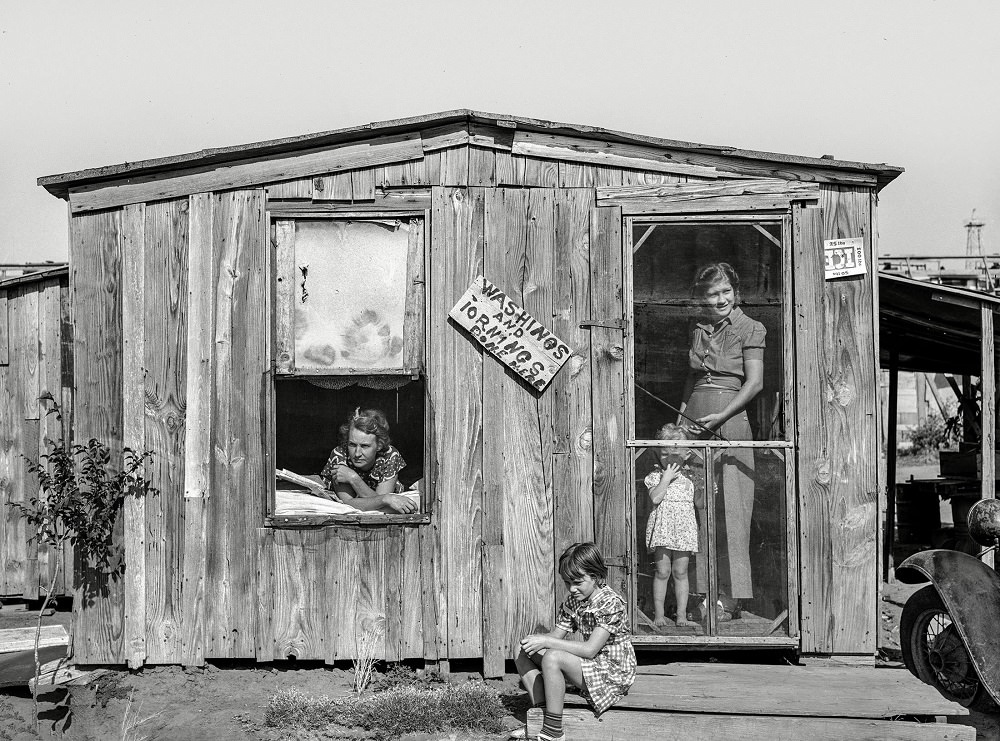
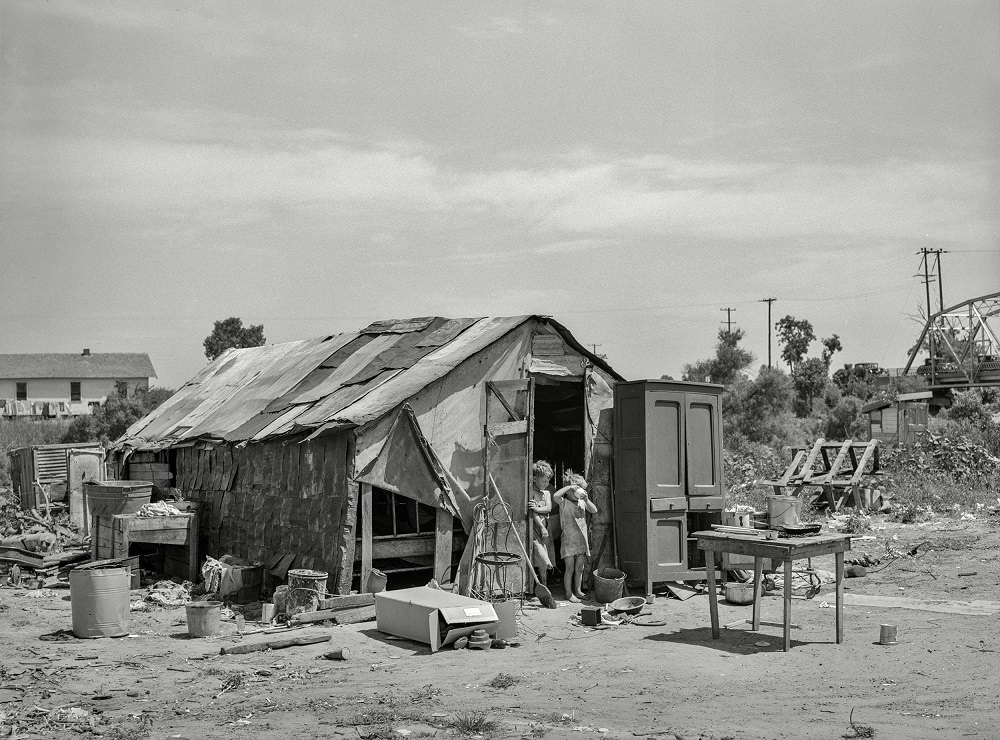
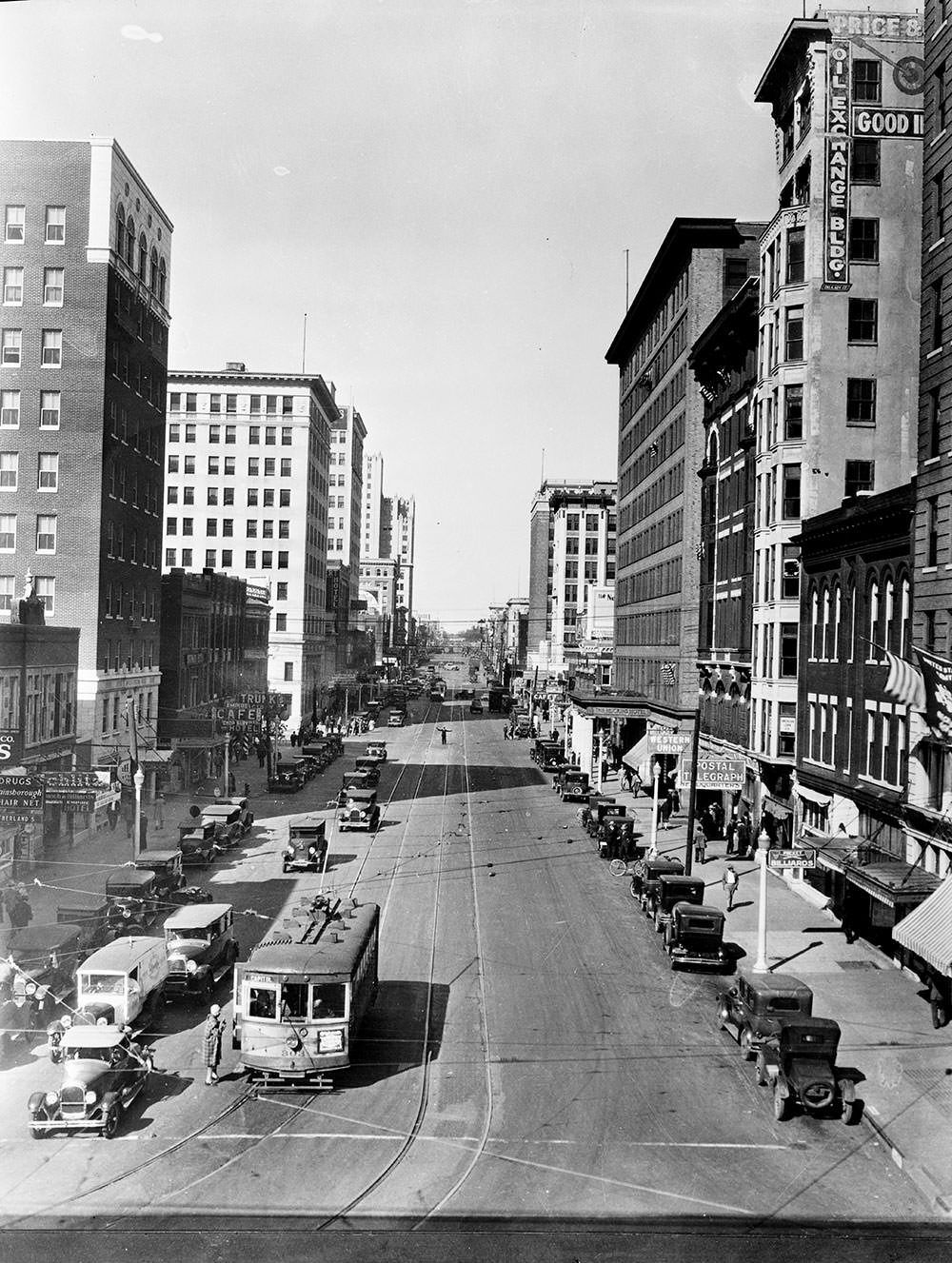
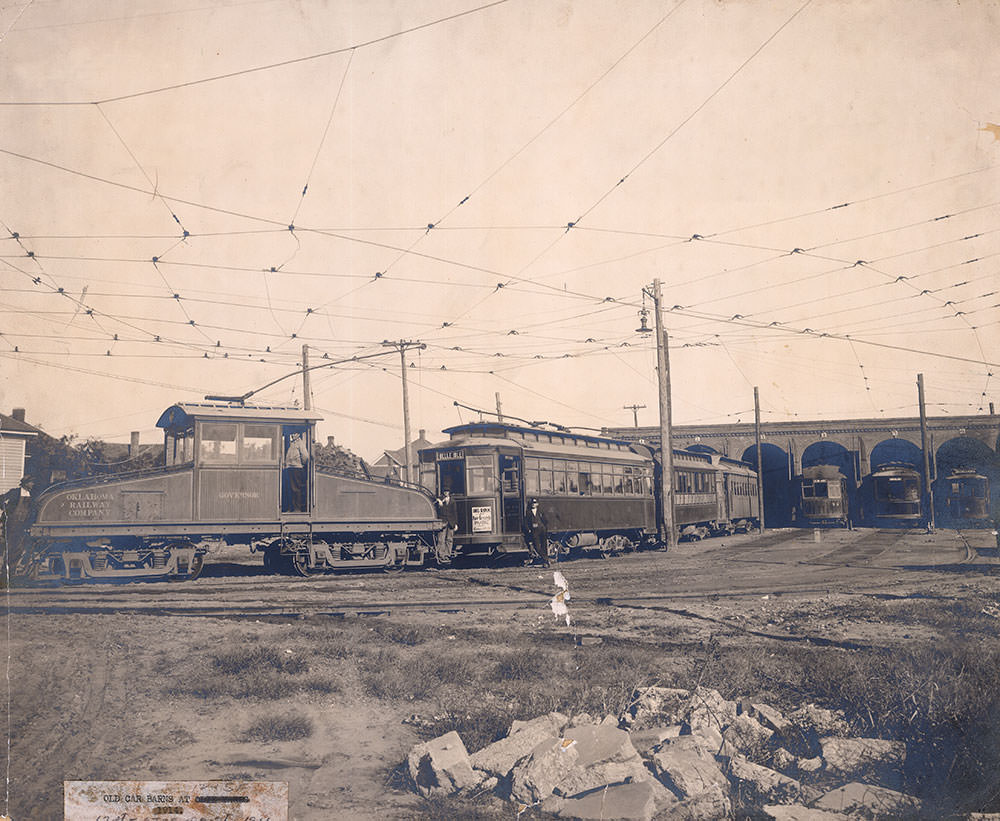
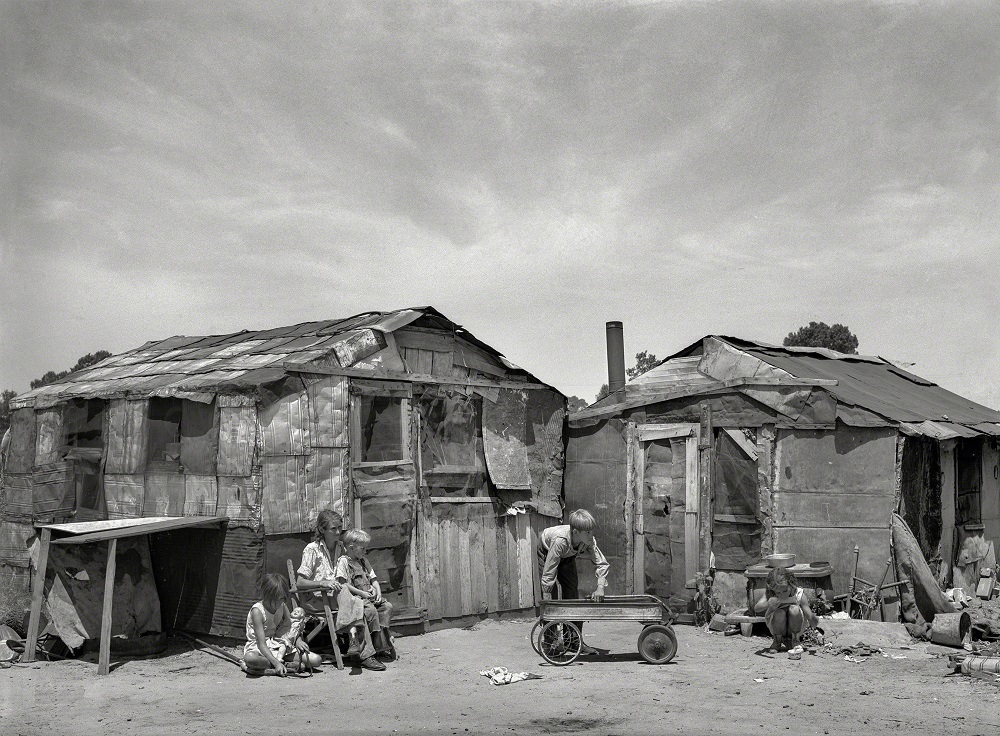
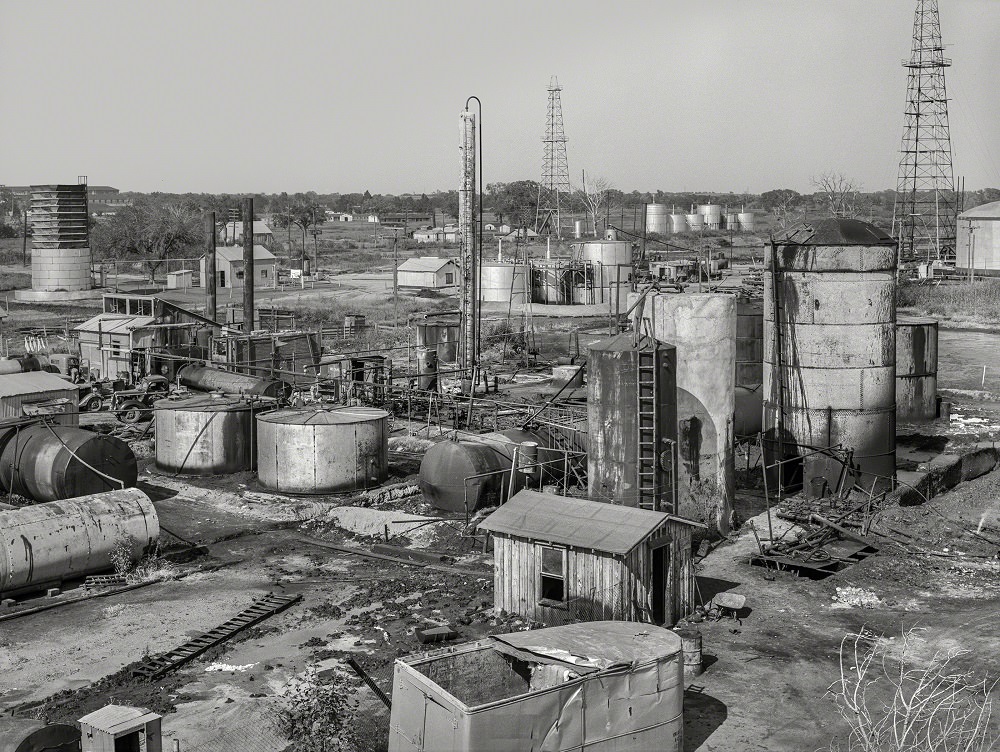
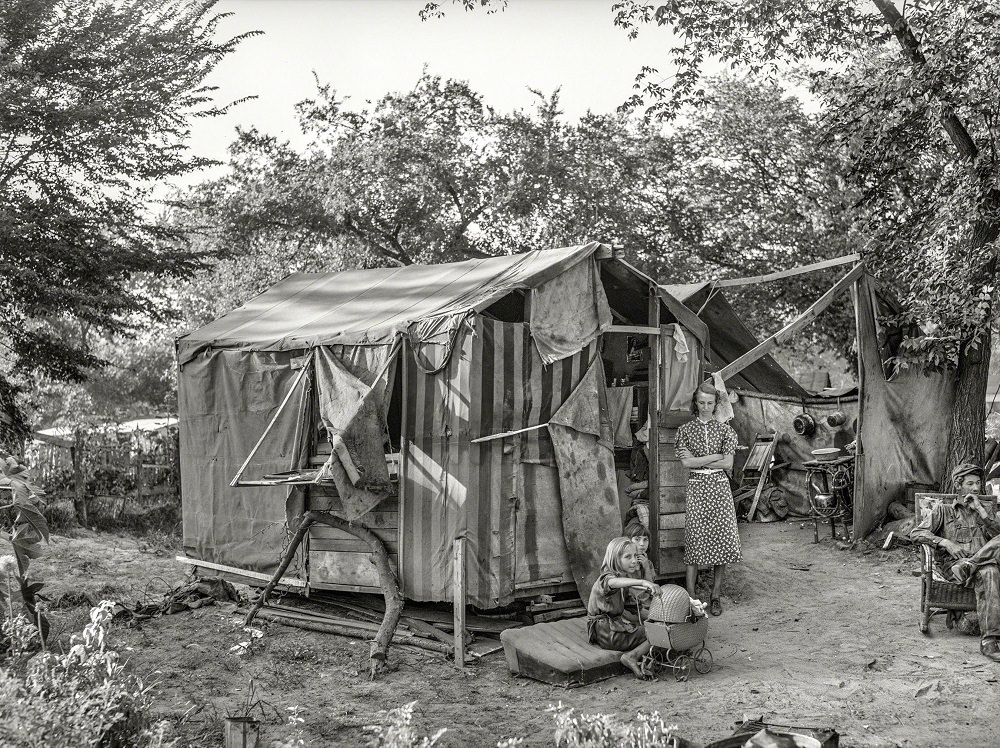
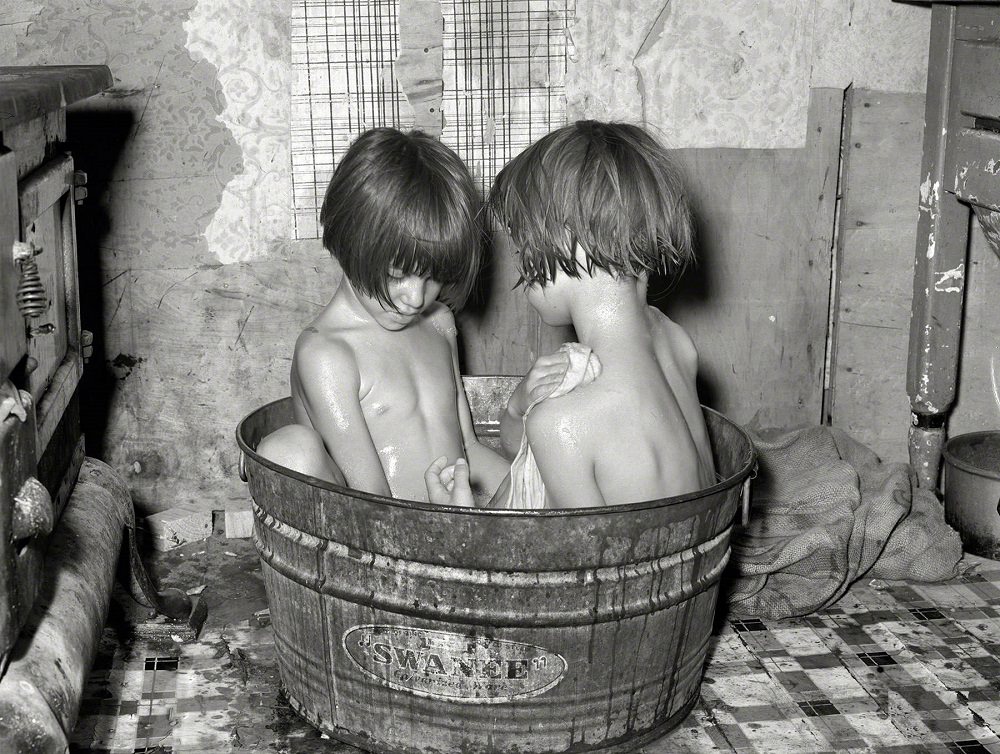
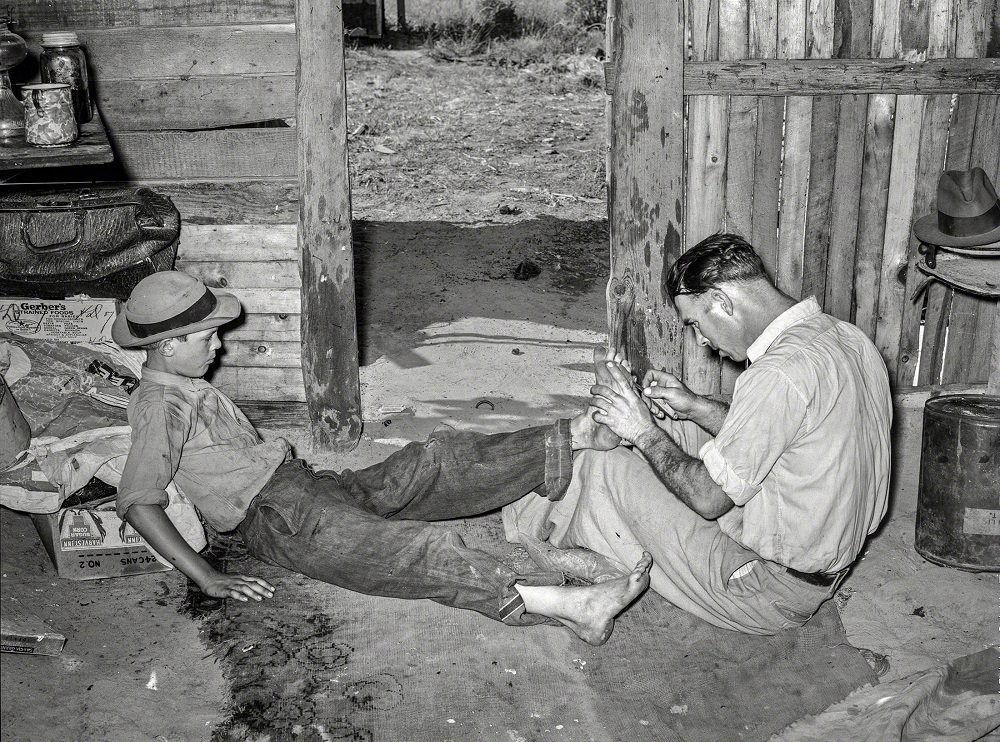
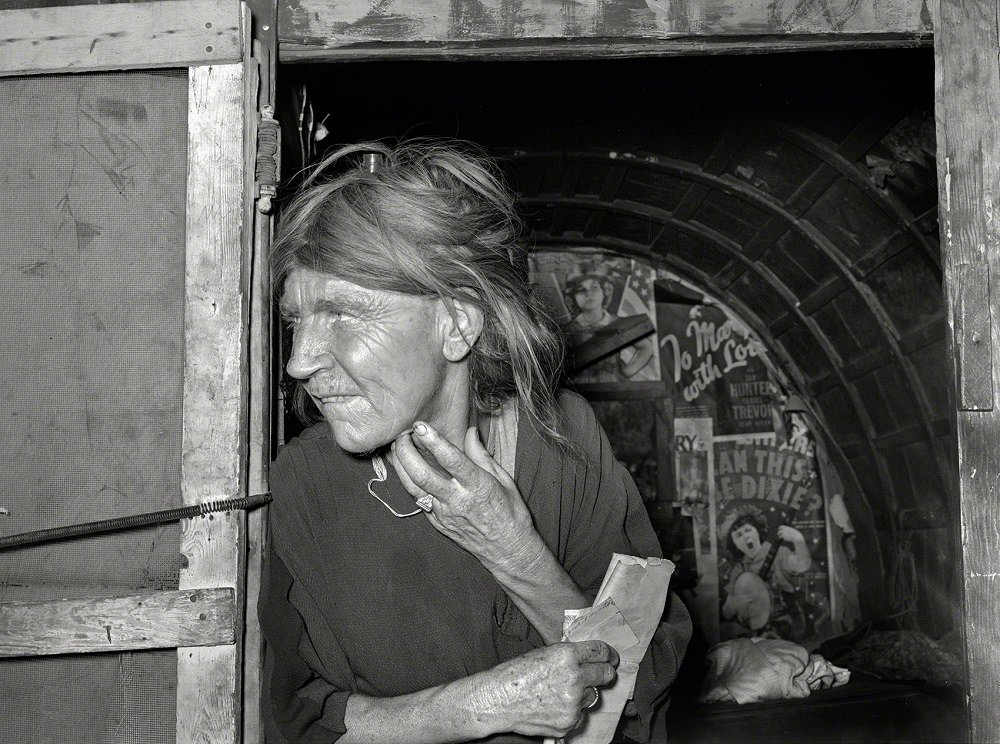
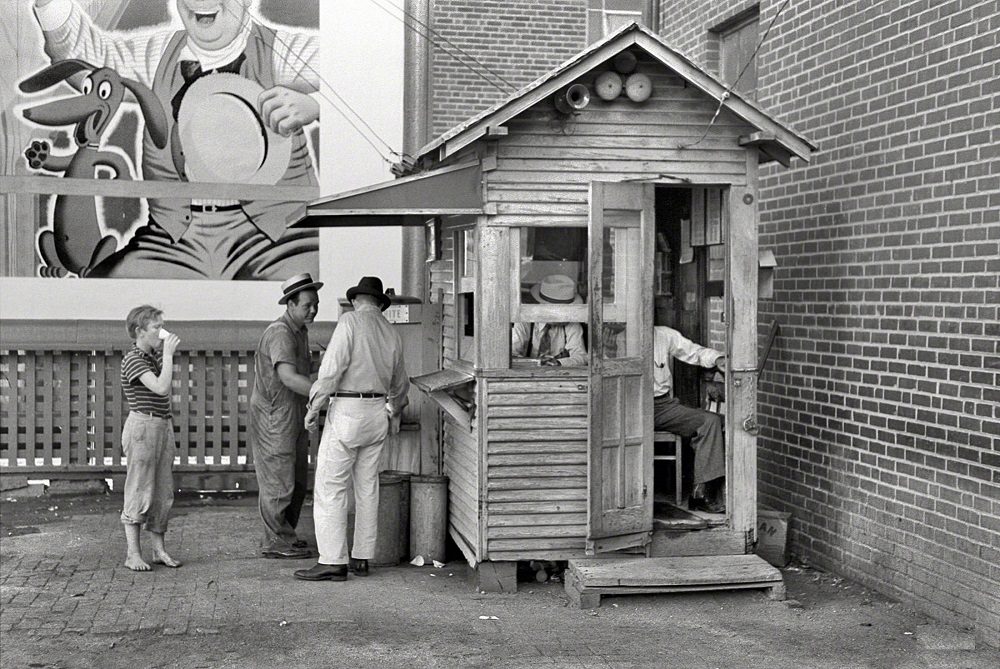
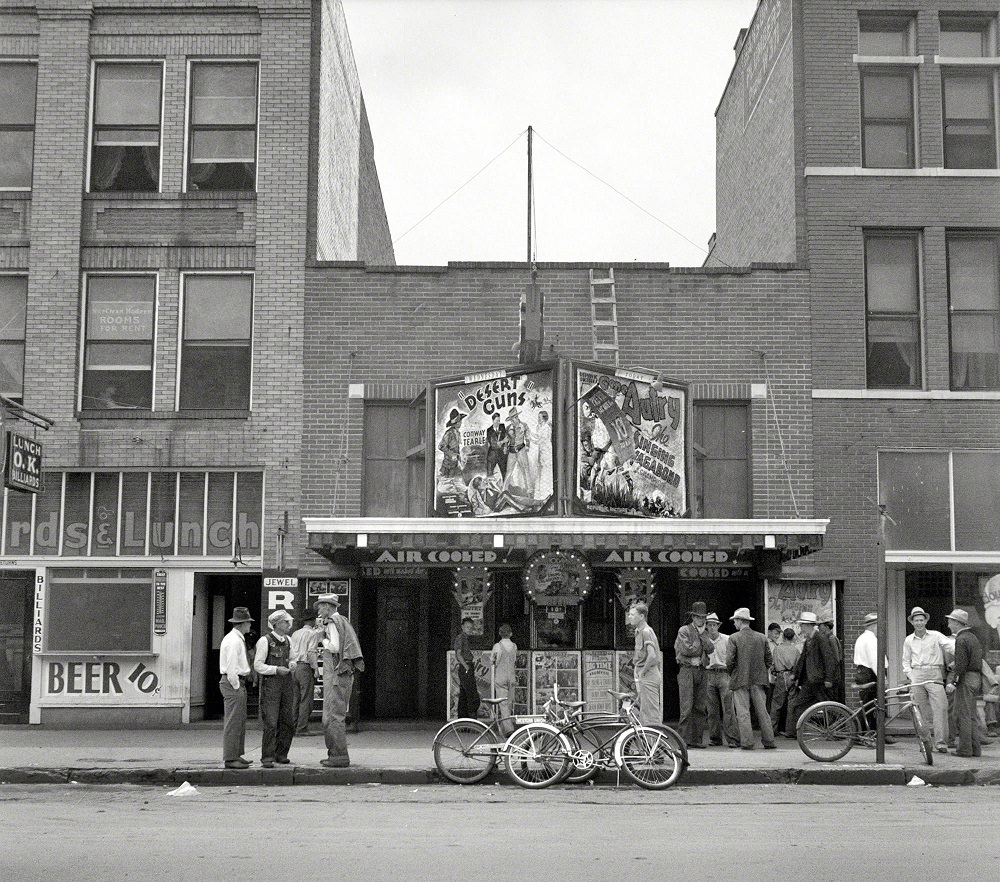
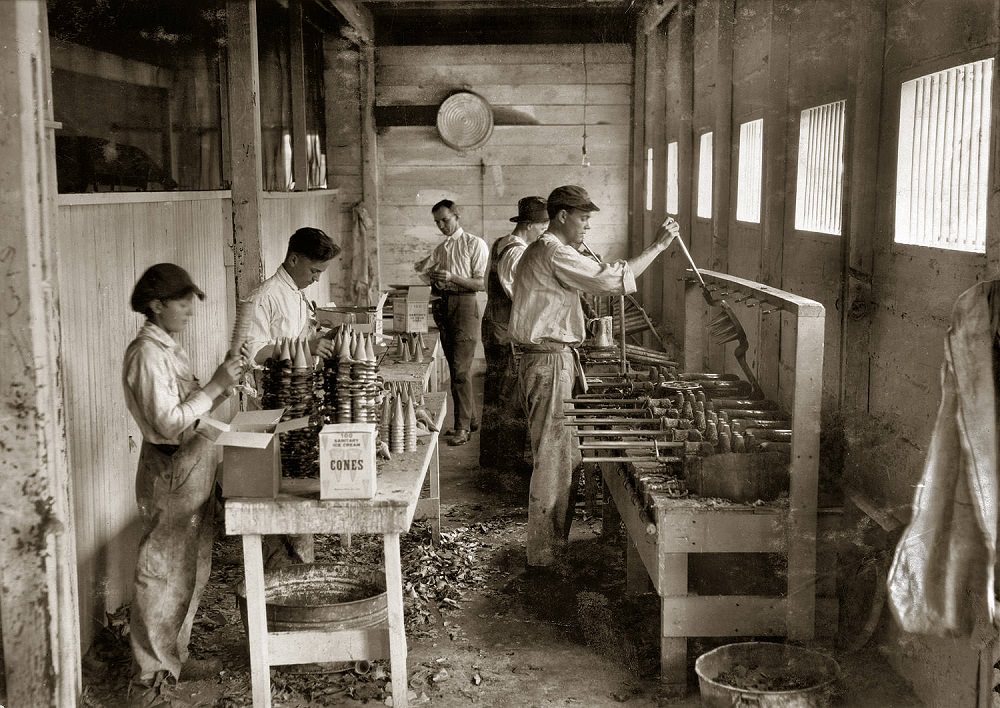
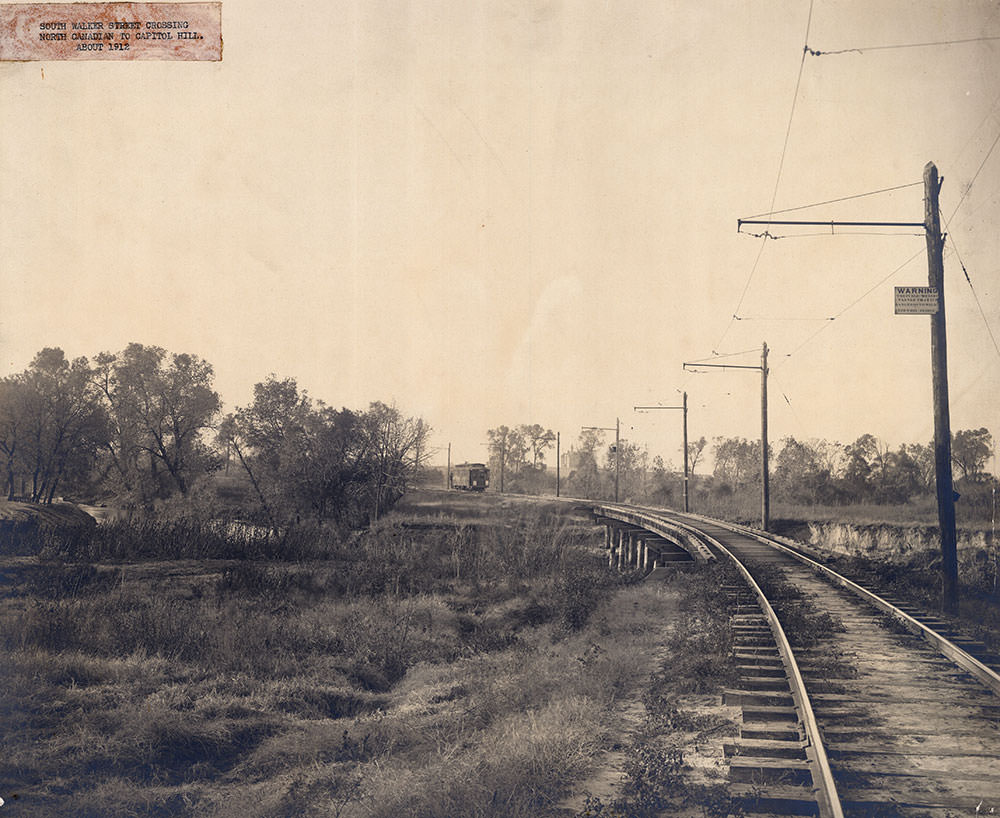
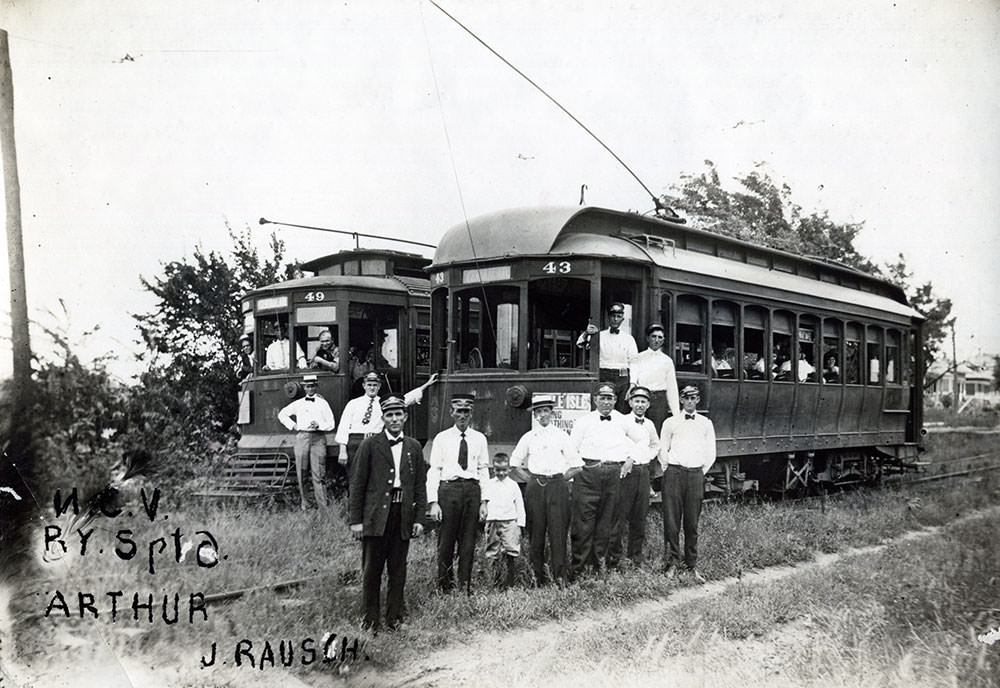
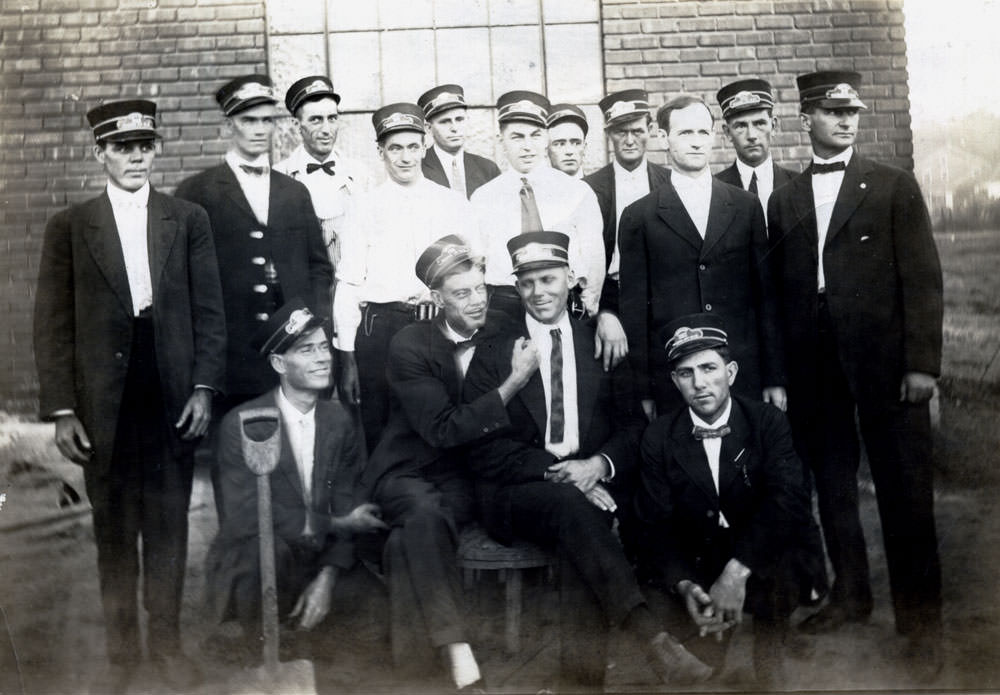
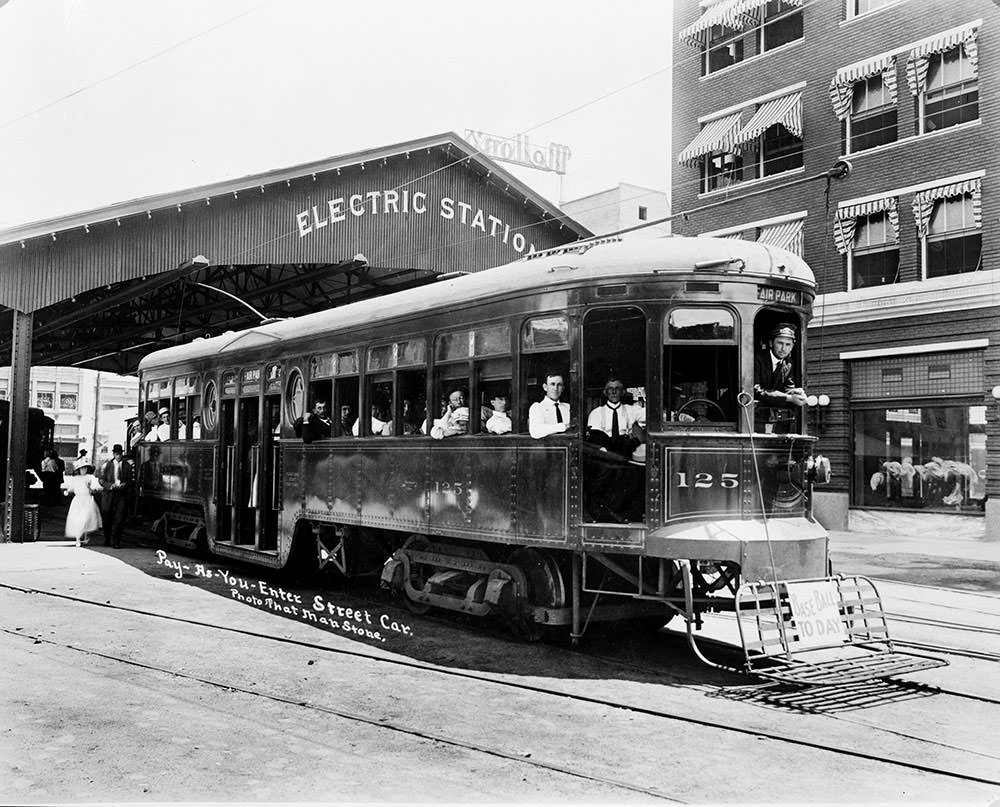
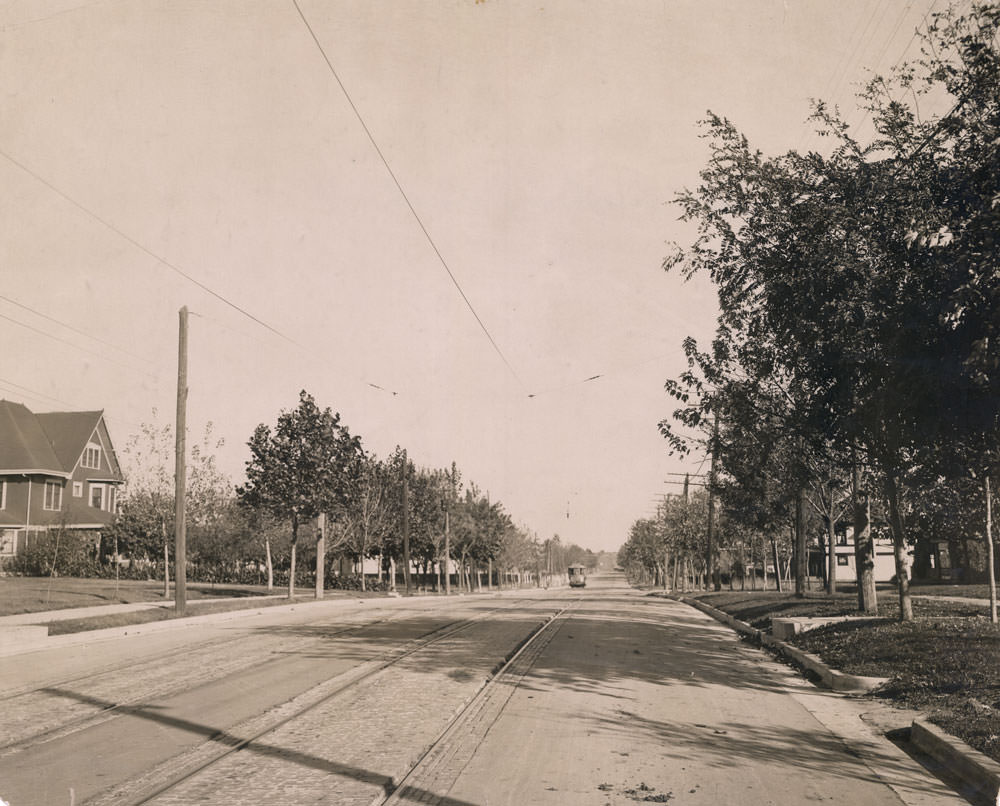
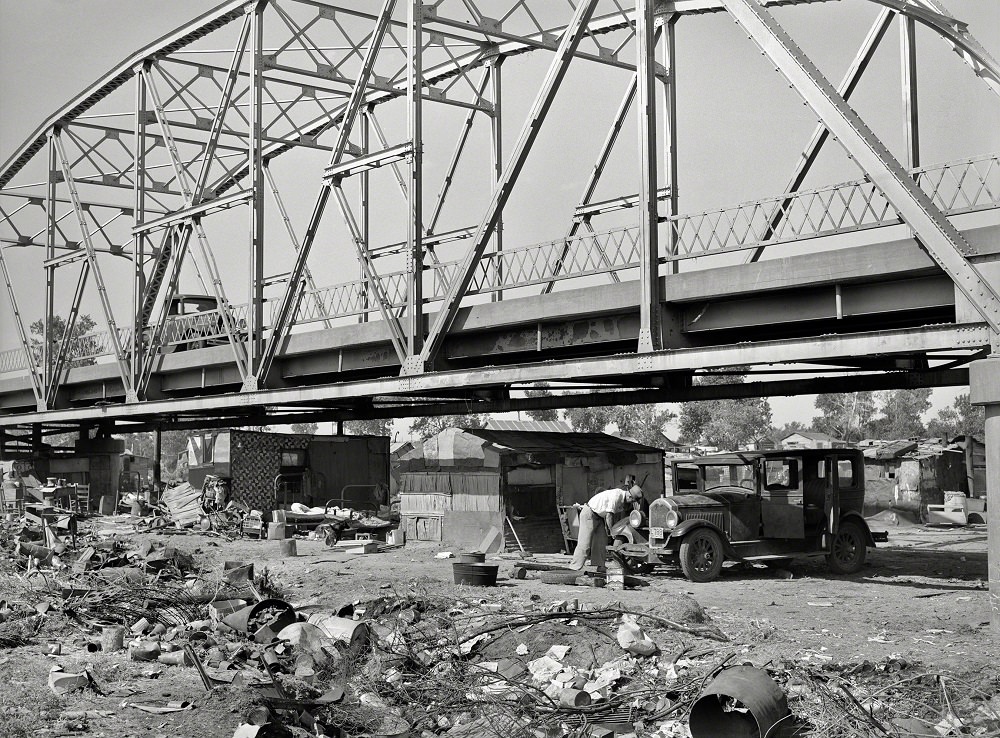
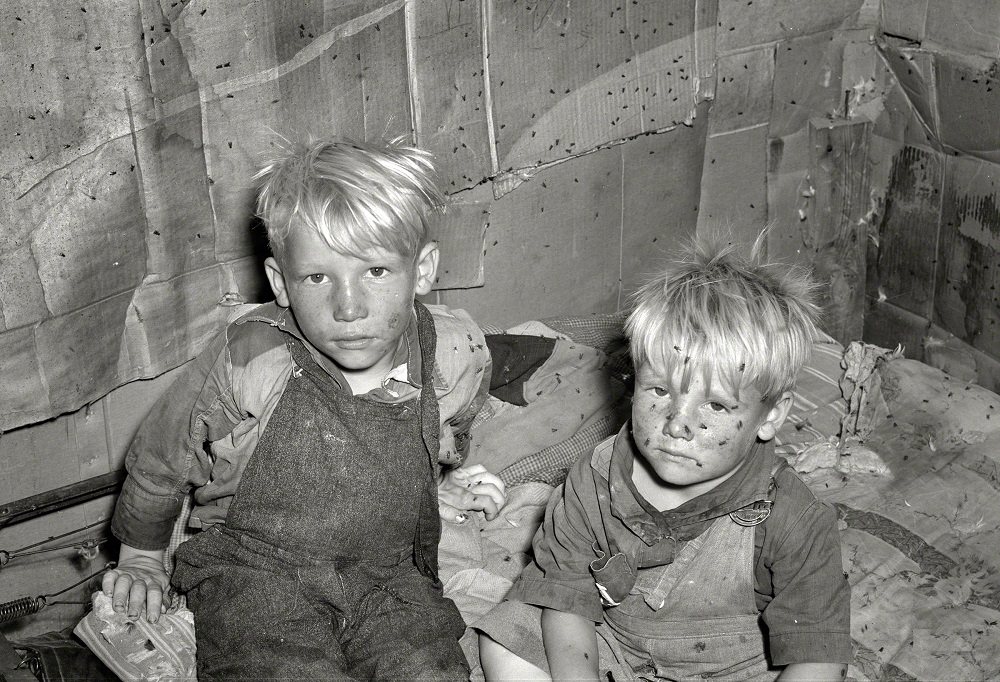
![Manley Creasson [Creason], 914 West Sixth Street, Oklahoma City, Oklahoma, March 15, 1917](https://www.bygonely.com/wp-content/uploads/2020/04/Oklahoma_City_historical_photos_18.jpg)
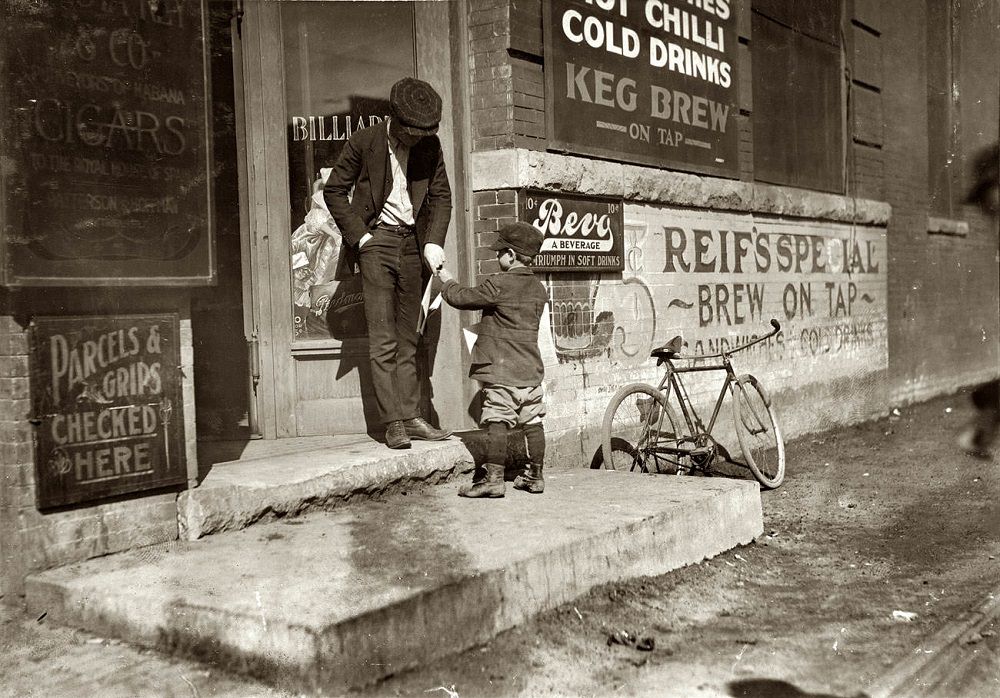
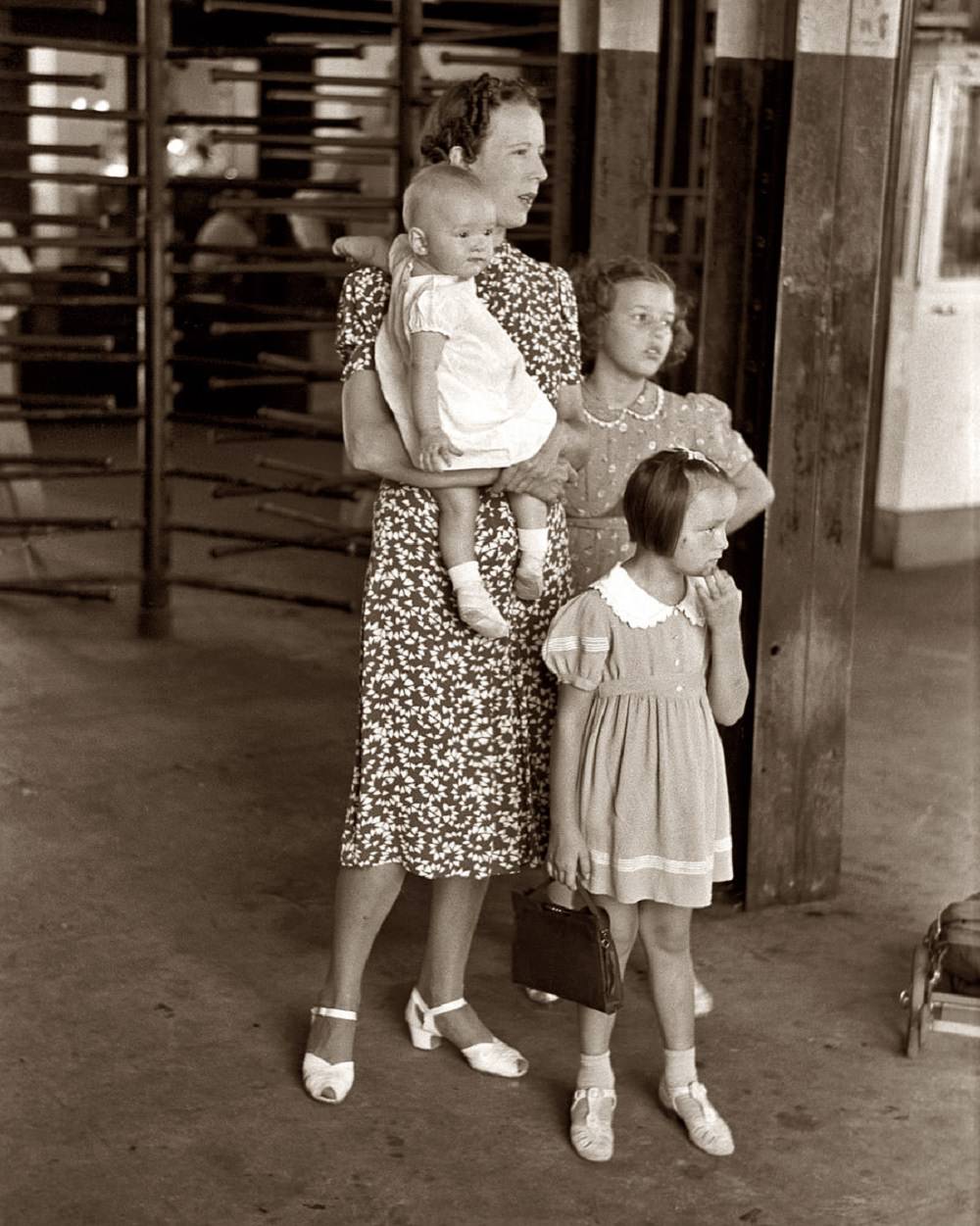
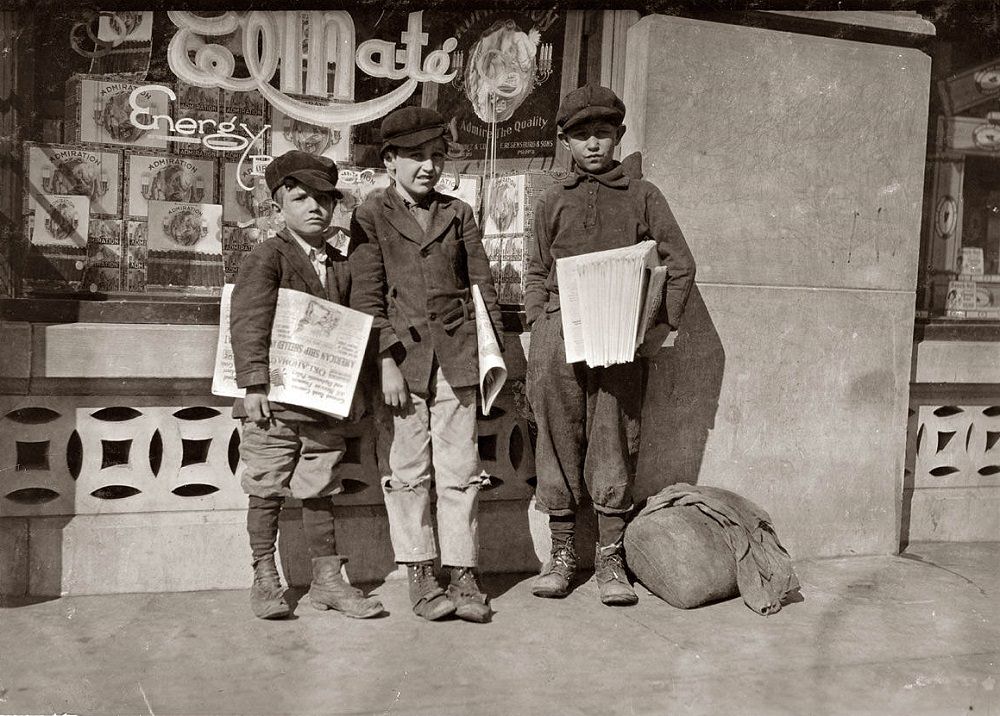
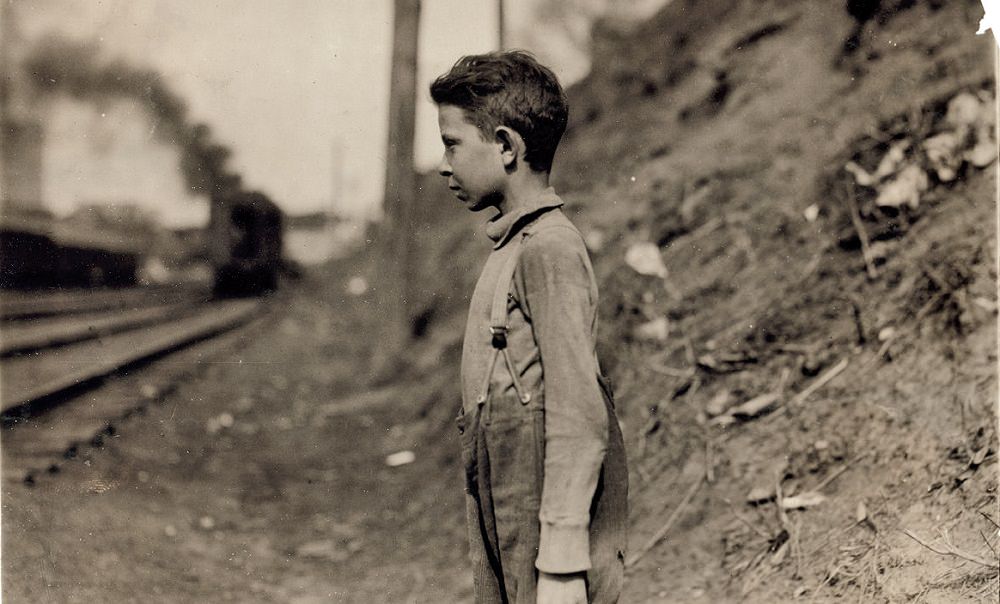
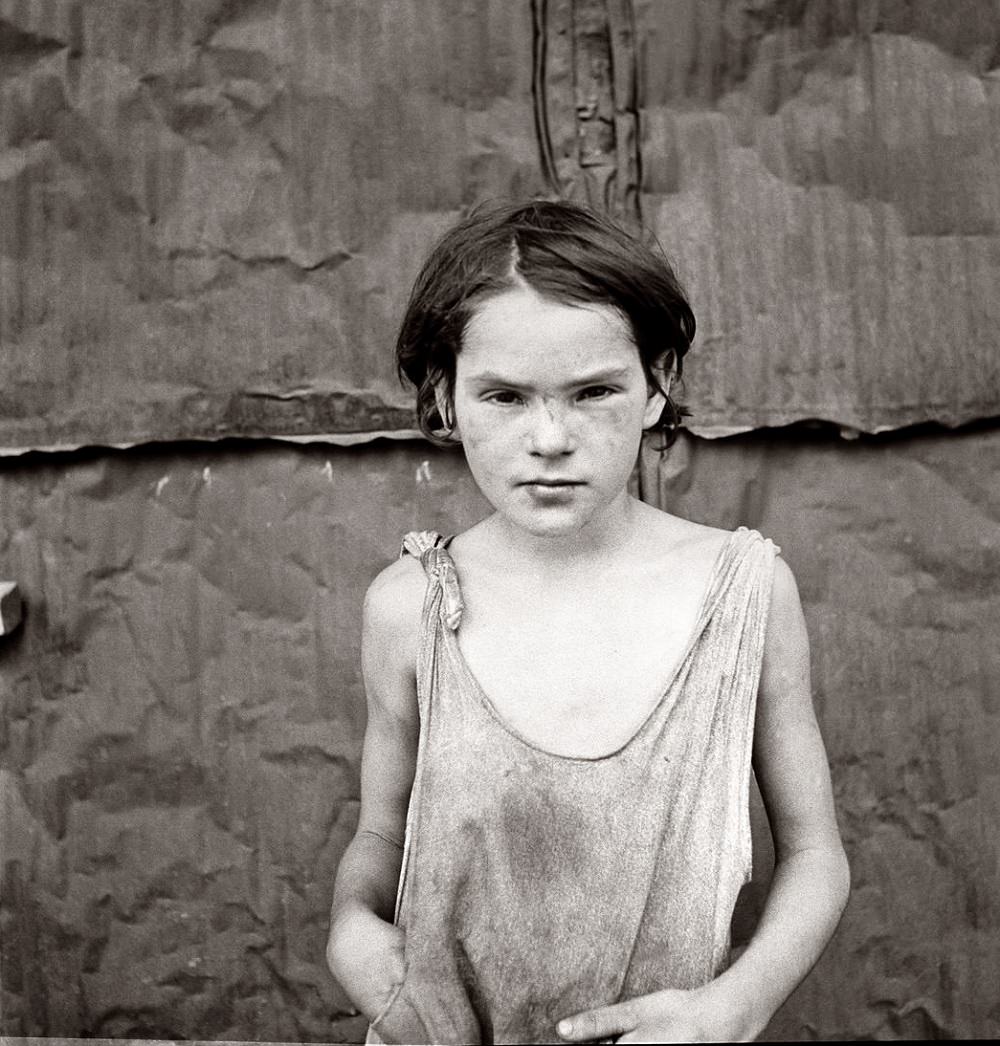
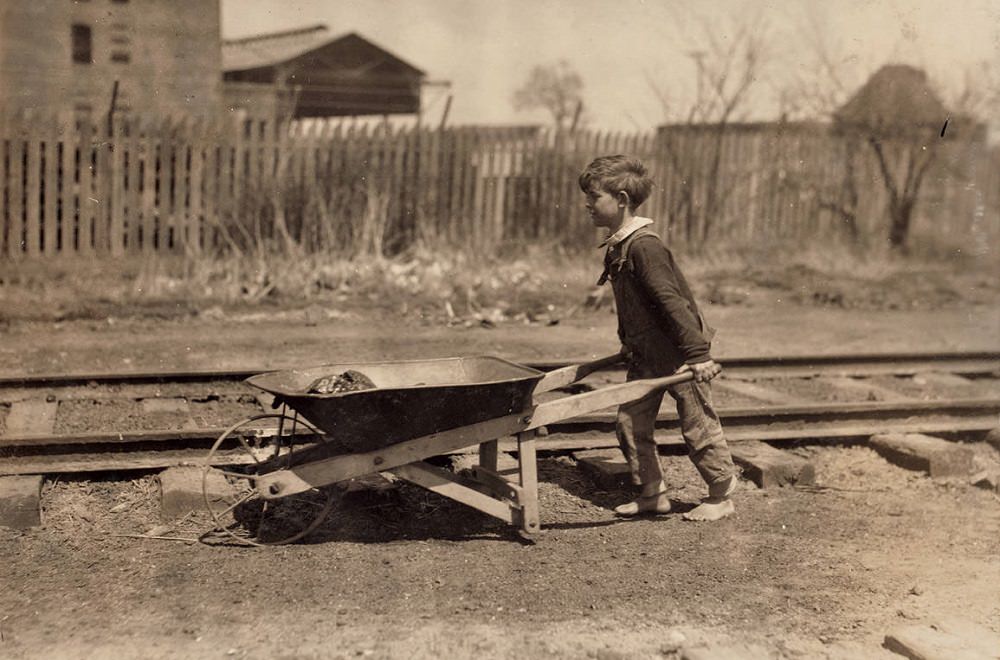
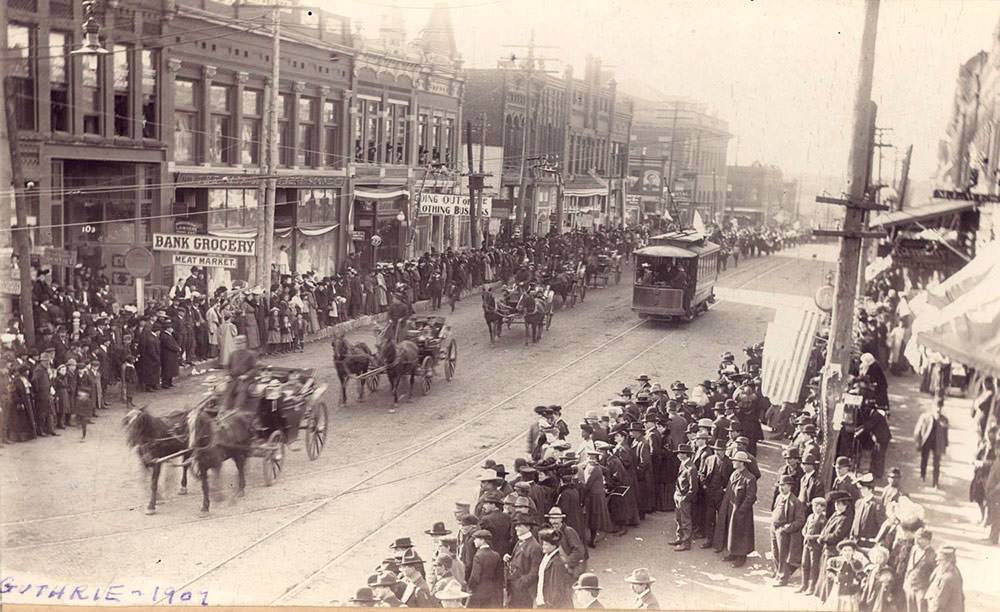
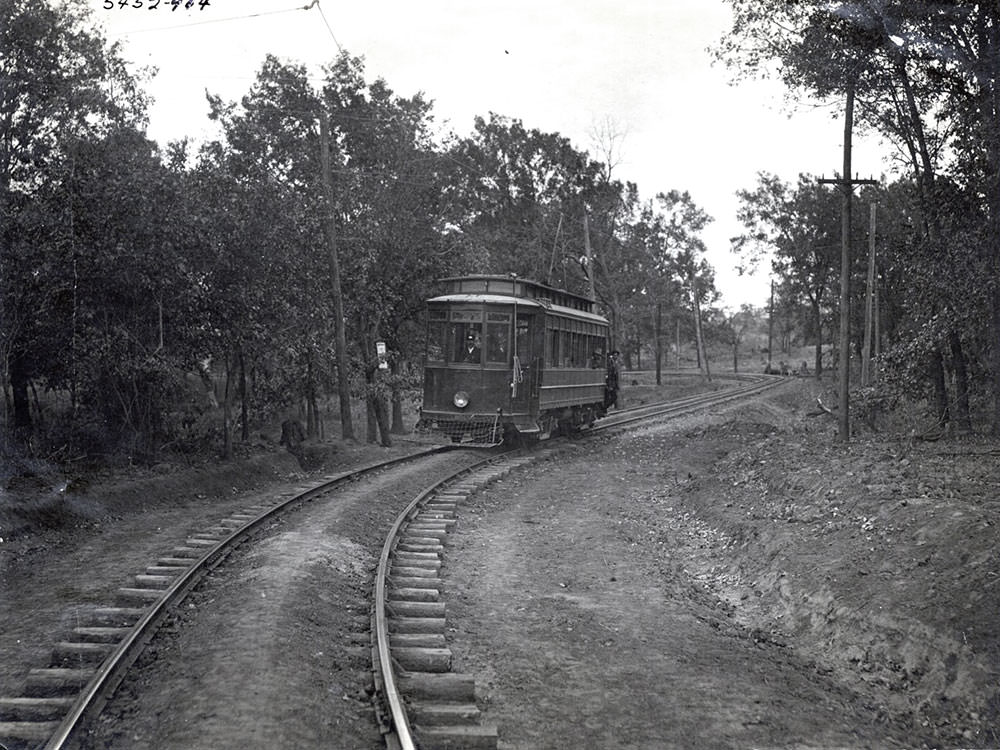
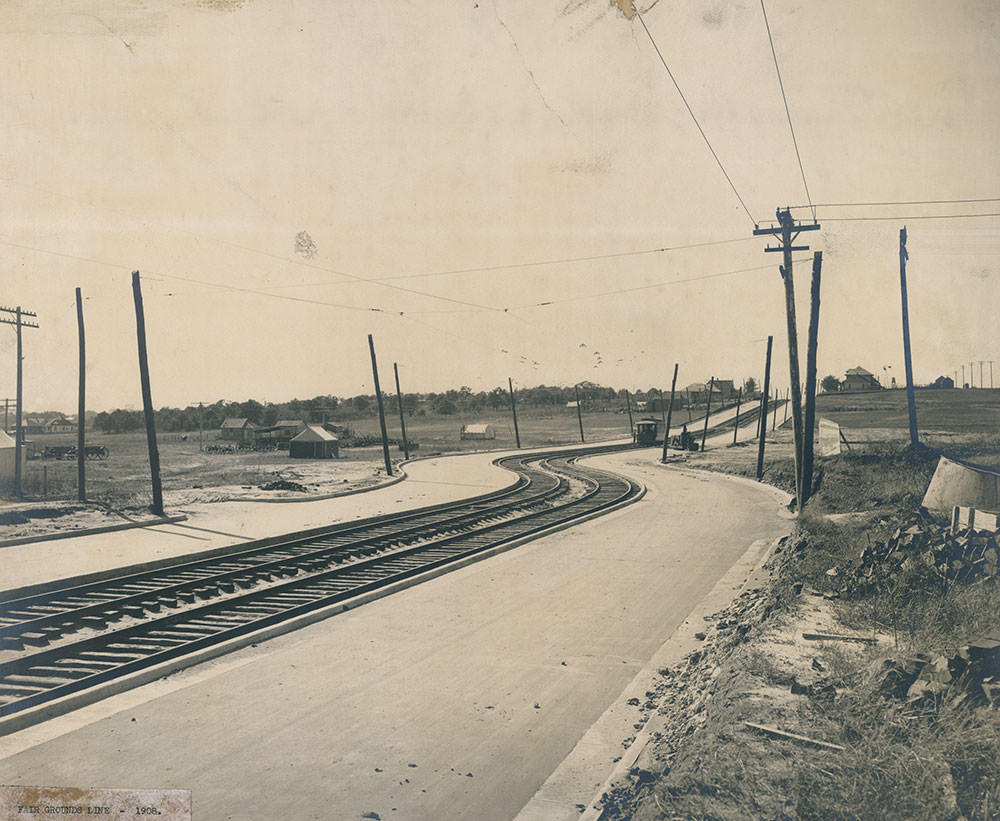
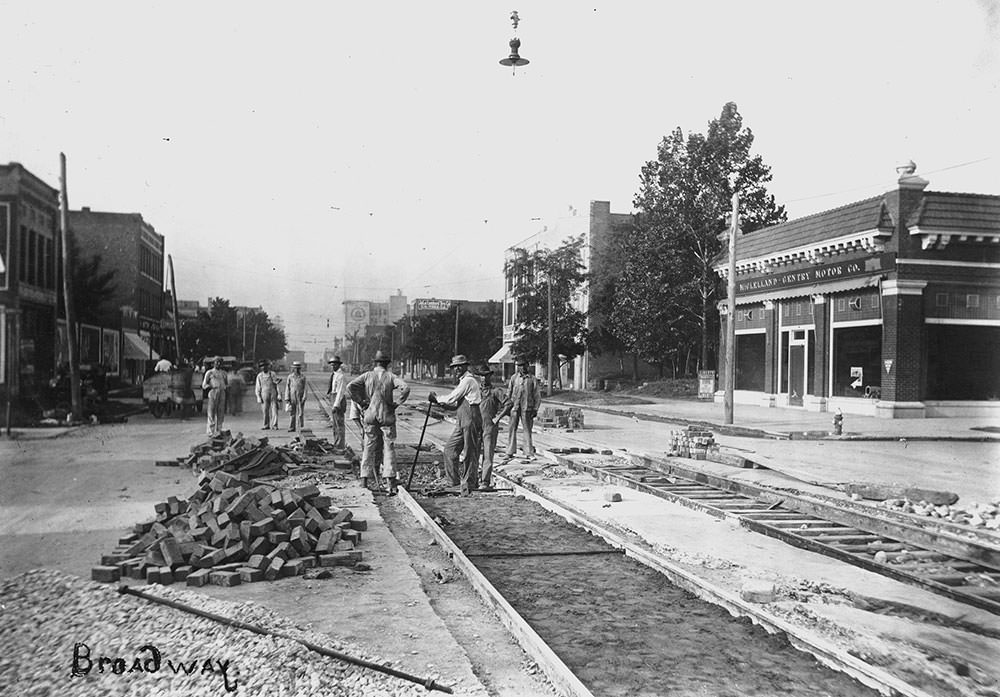
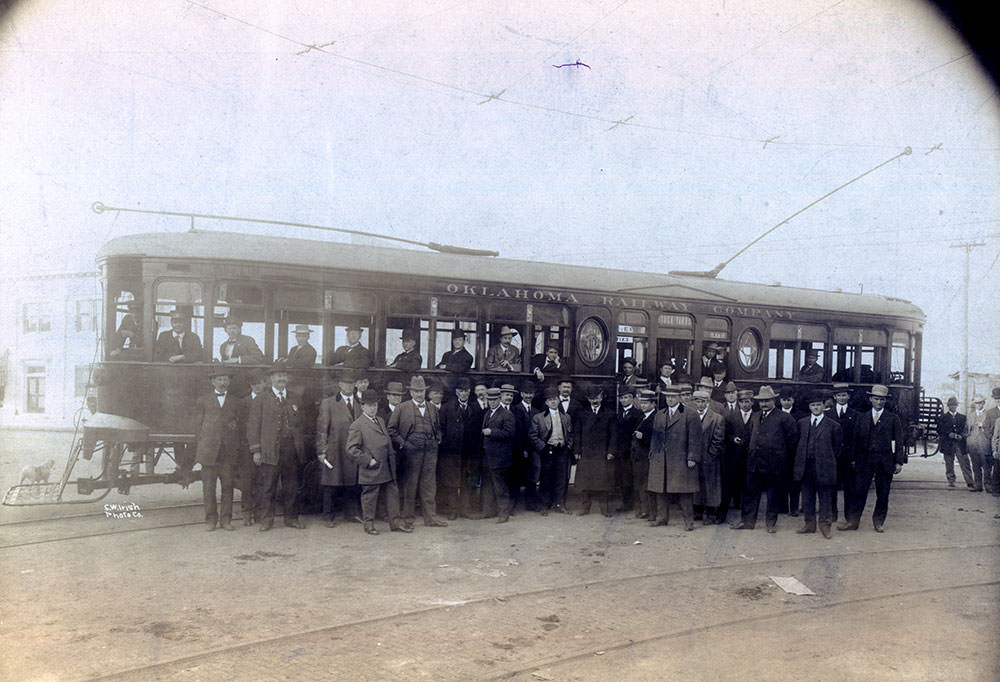
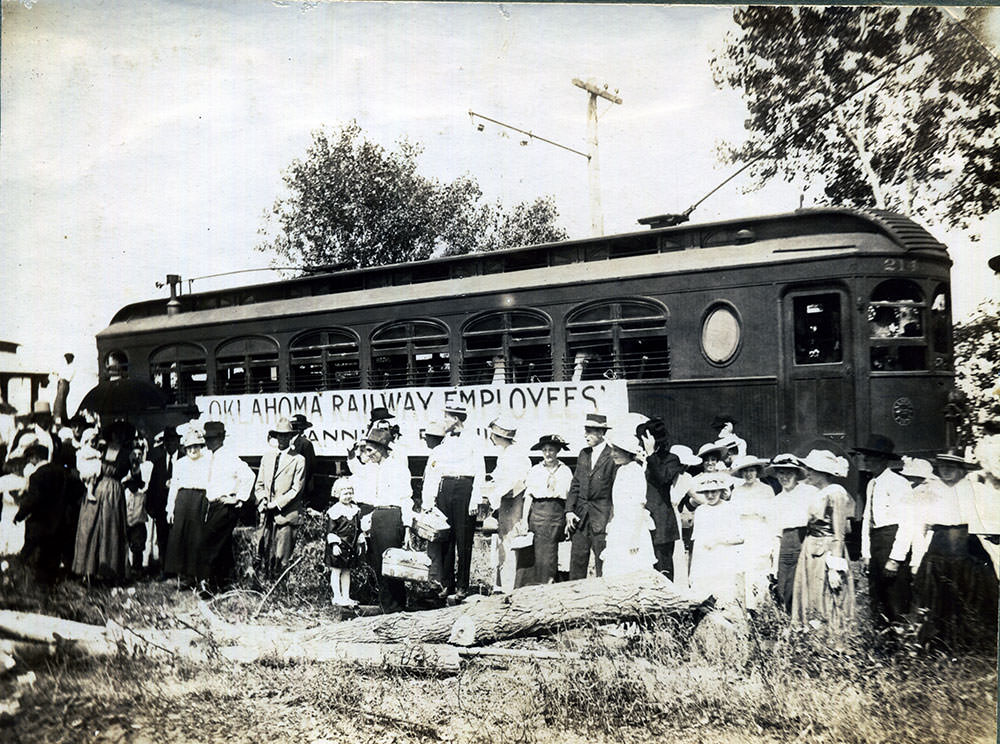
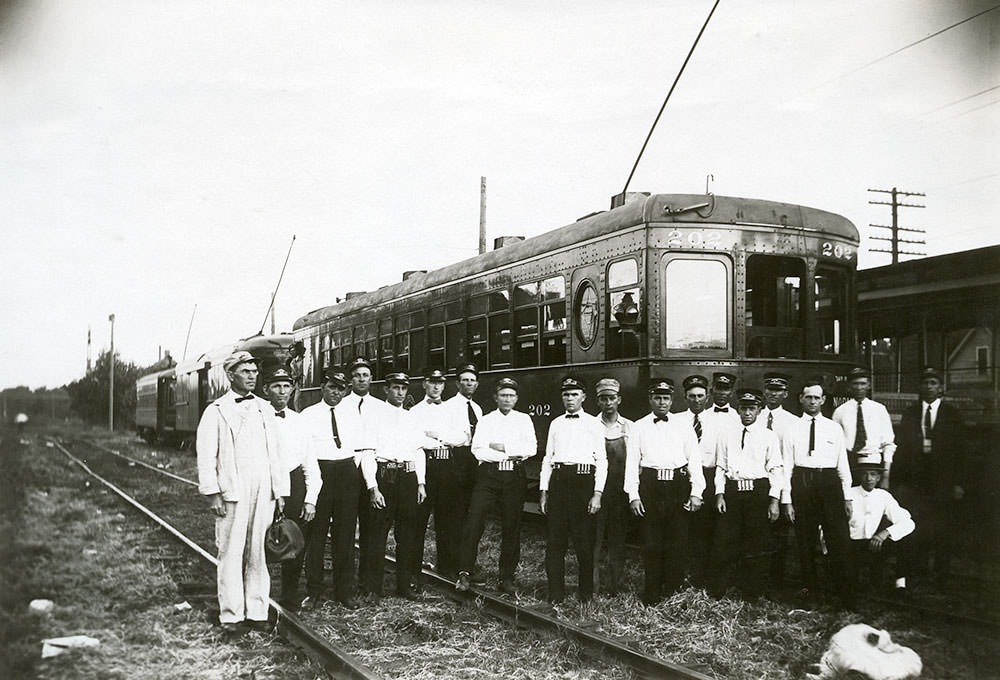
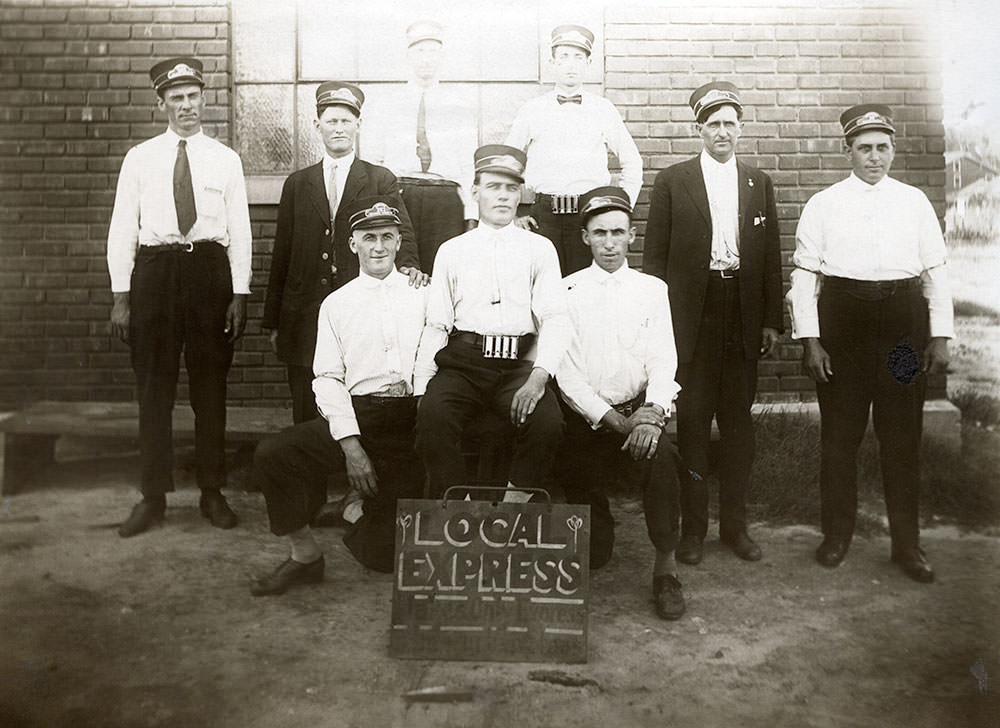
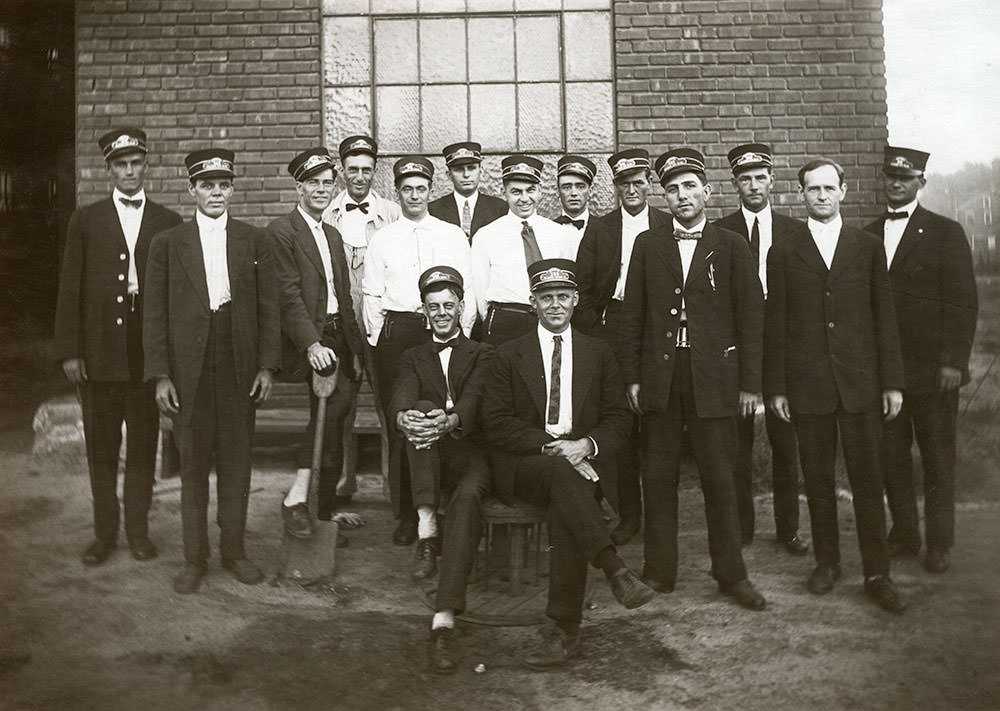
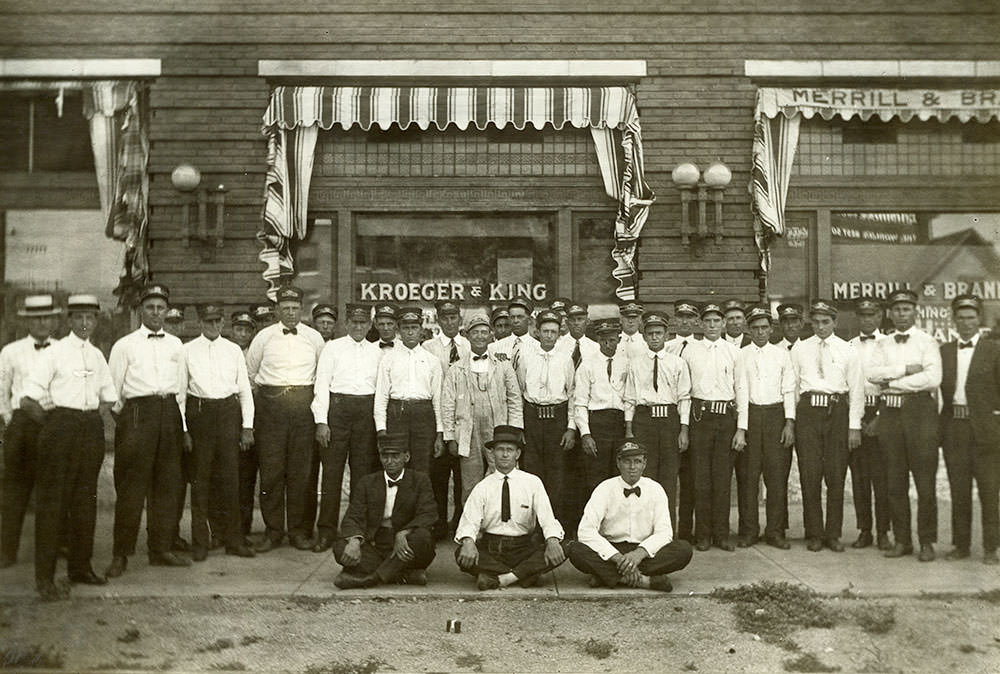
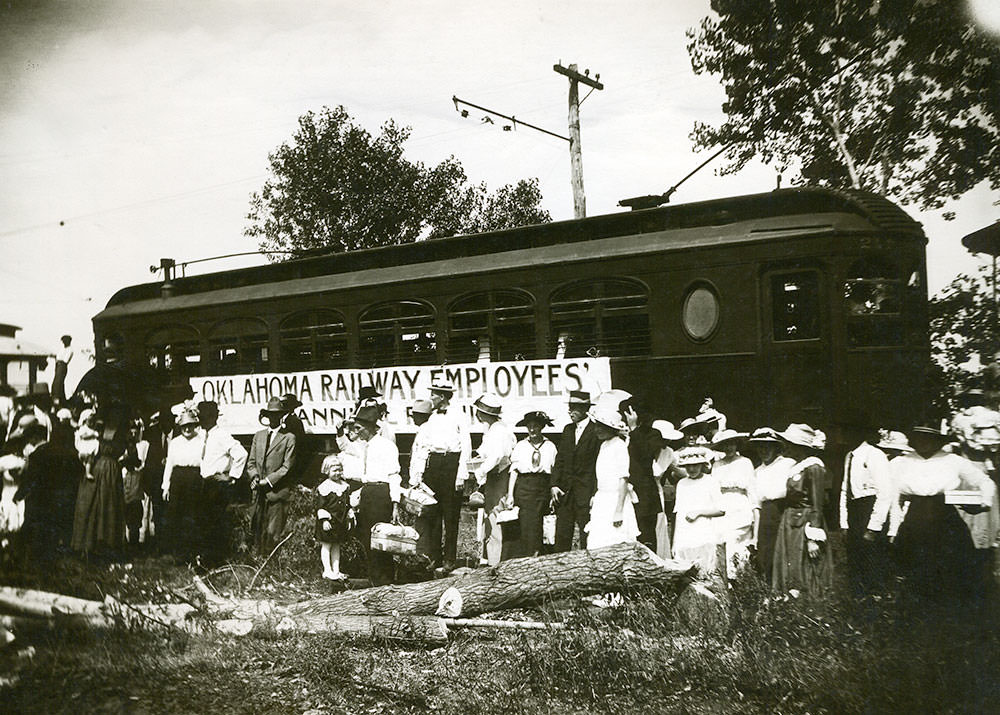
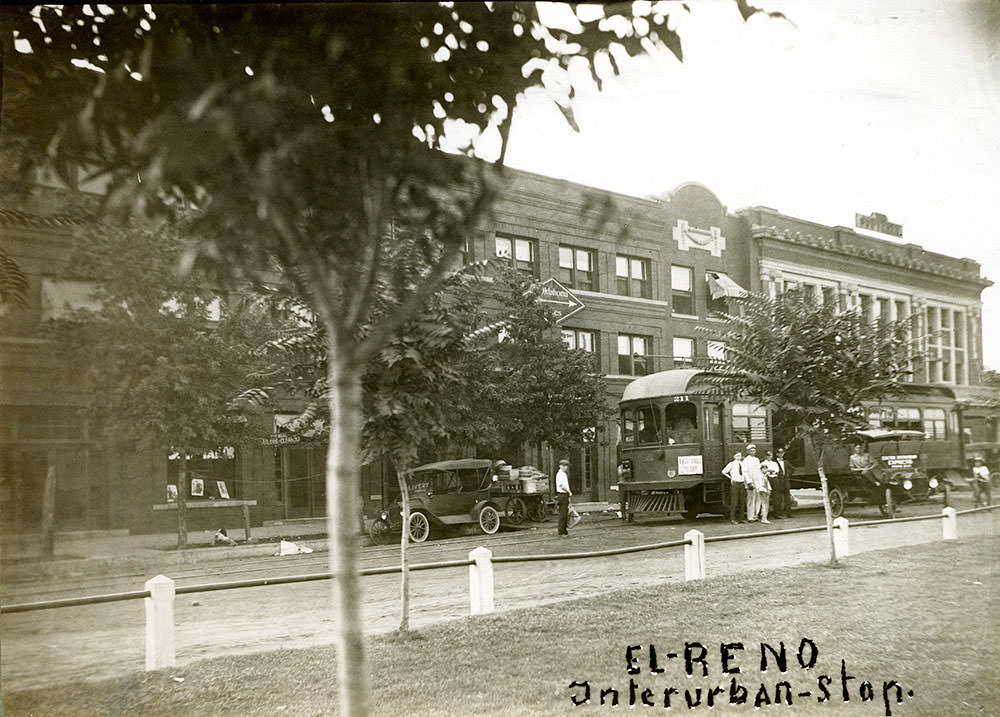
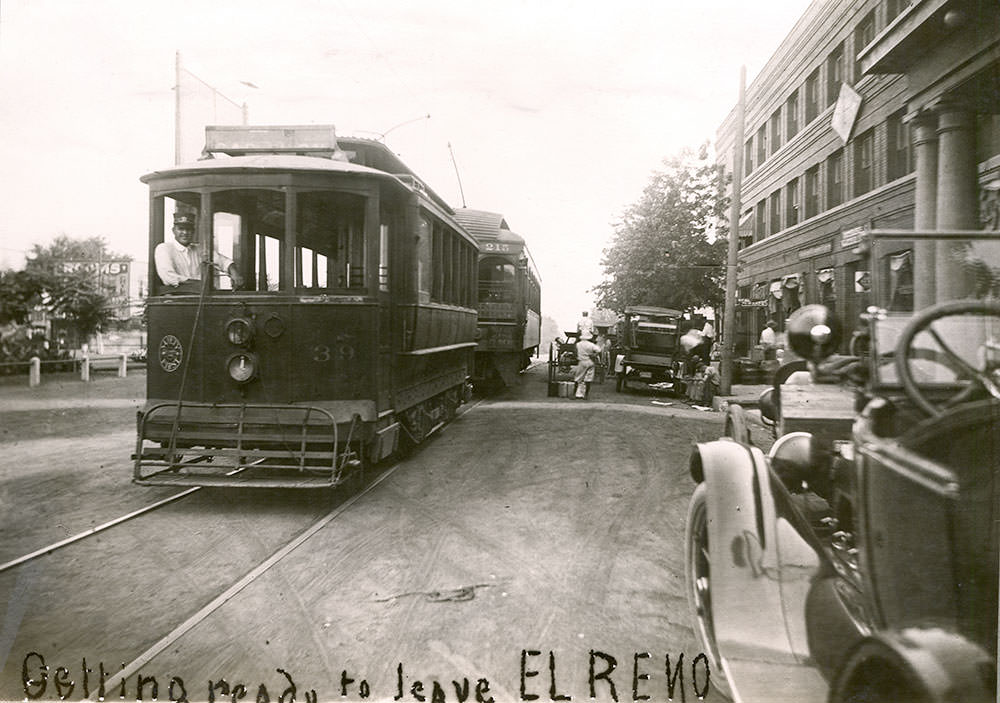
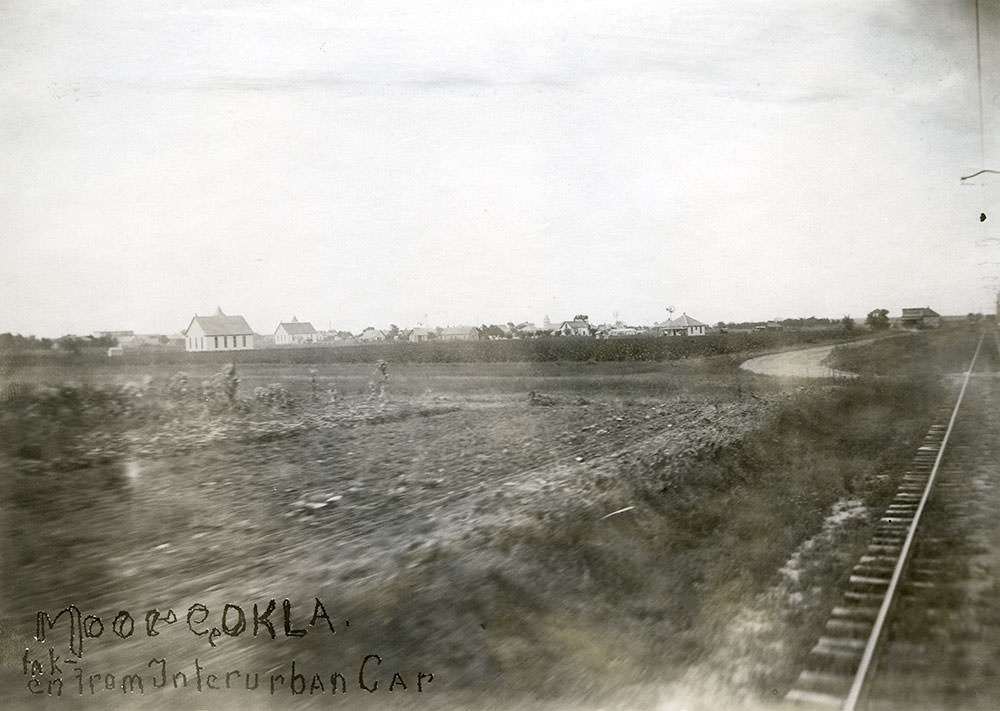
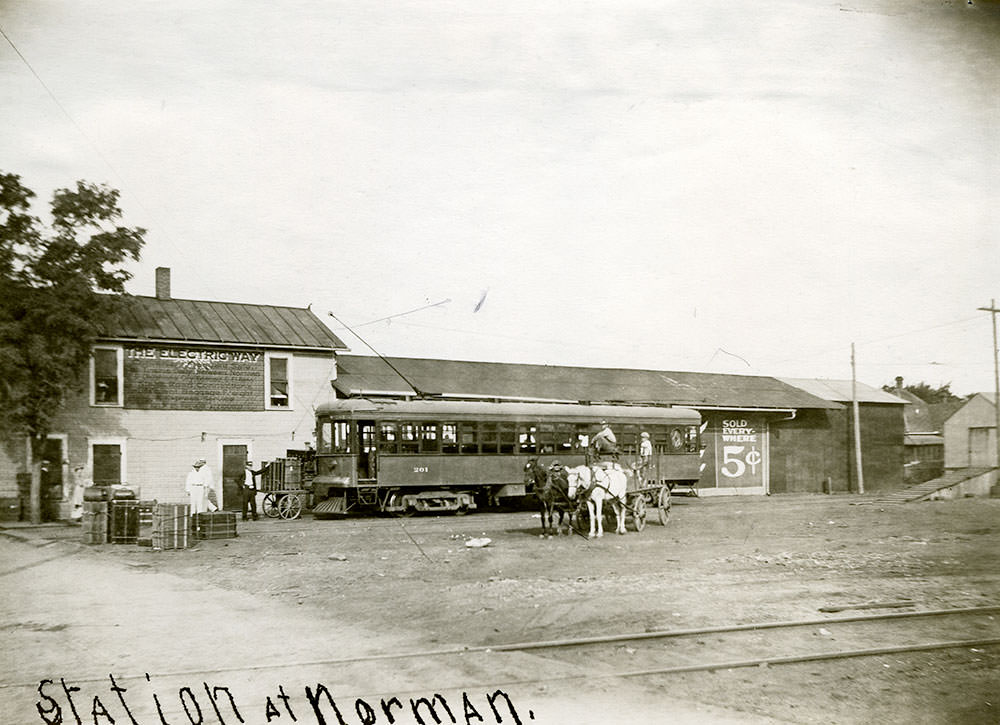
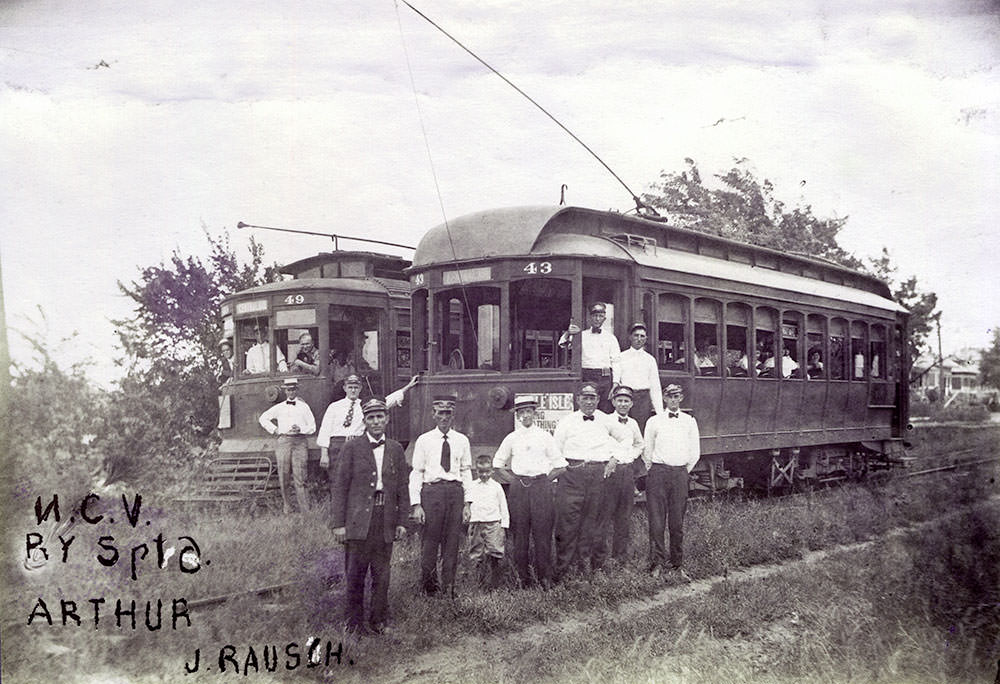
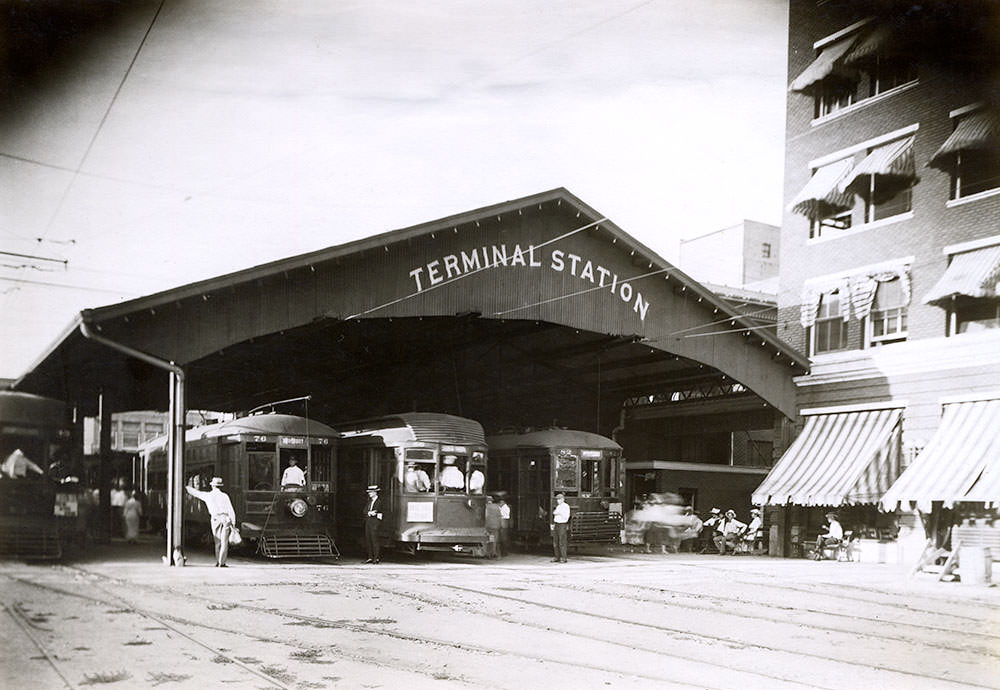
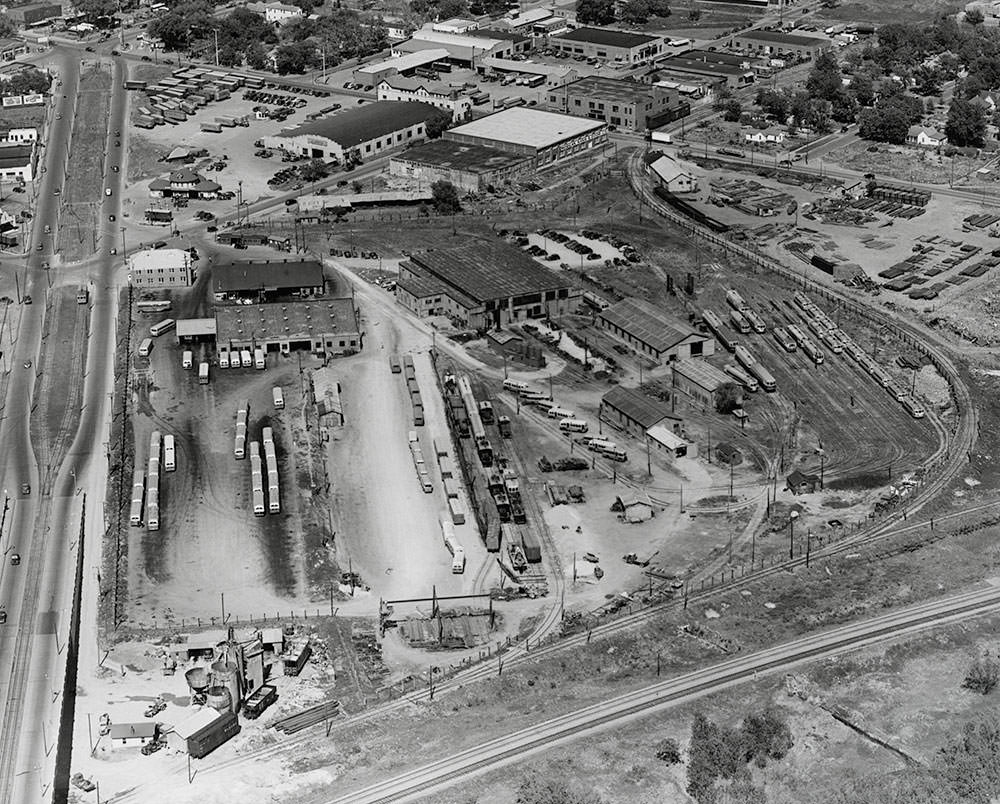
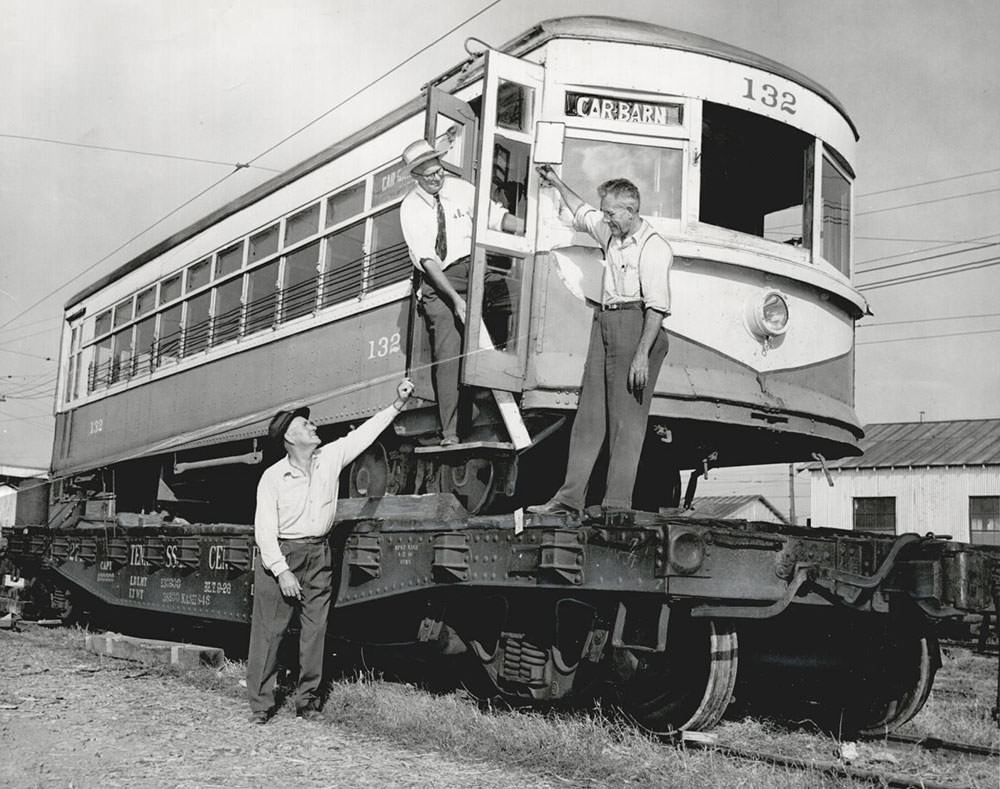
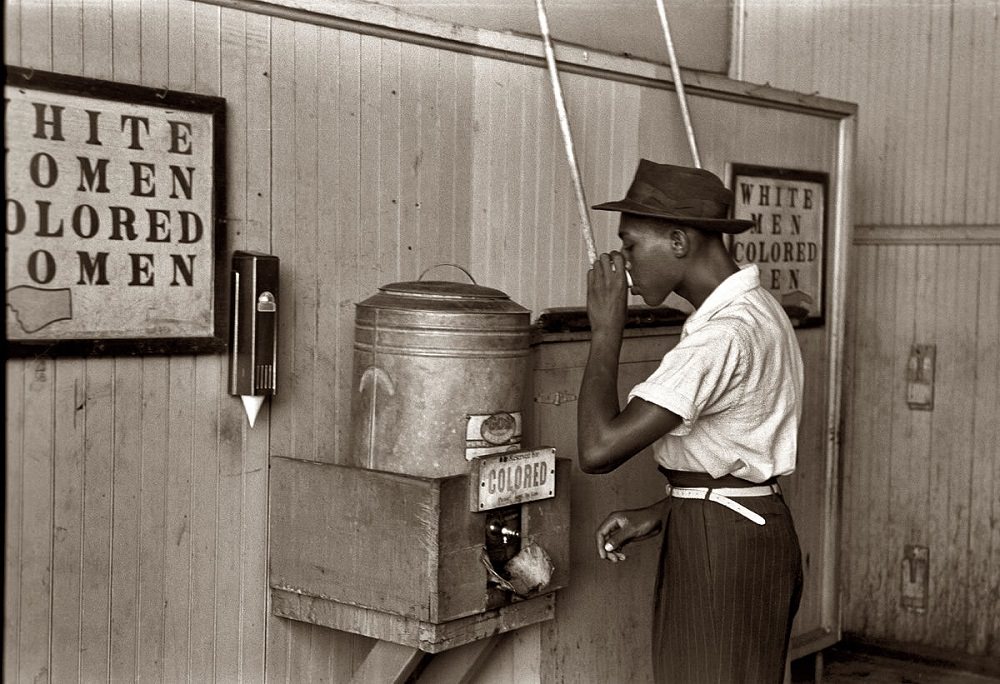

Those electric cars are crazy cool! Intercity rails with these cars? Man, imagine seeing that in its heyday!
what collection did you swipe these from?
The interurban rail system would be great if it still existed.
The local trolley still runs for parades and other events. OKC used to have this kind of infrastructure. It was removed, then partially rebuilt.
Where was this May Avenue camp located? What was the cross street?
It is located between Reno and 10th May and Villa.
What happened to this encampment? Were the families relocated? Did the city develop the land and force them out? Based on our current homelessness situation, I believe it’s tough to get back on your feet once you’ve fallen that far.
It is just speculation, but the majority found permanent housing, and I am sure we don’t want to know how the rest were managed. In OKC history, the period between 1920 and 1941 is probably one of the most interesting.
I grew up on SW 9th street off of Agnew. We always called that area Packin’ Town, because of the meat packing companies in the area. Many of the old timers in my neighborhood had once lived in the Camps. The Camps at their height strung from May Avenue all the way down the river to Byers Avenue. Many of the people living there had lost their farms during the depression. The one located at May Avenue was the largest due to the fact that the city dump was adjacent to the camp. Many of those families survived from what they called ‘trashin’ rummaging thru the trash to make ends meet. Most of the camps were torn down when the Corp of Engineers built the levees from Portland to Eastern Ave. A section of the camps still existed into the late 1970’s at South Pennsylvania Ave. and the Canadian River. I went to school with many of the kids that lived there. In my neighborhood the people who lived there were often referred to as Campers.
Thanks for that. My father rode an Indian Chief as delivery for Veaseys out of 16th and Indiana in the 20s and 30s. In the late 80s I fixed residential phones in that area. You fill in a lot of gaps for what I heard from him and witnessed myself.
Thank you sharing this 😊
This guy sure does not cite his photos well for a librarian.
Guthrie was just as excellent as it is now.